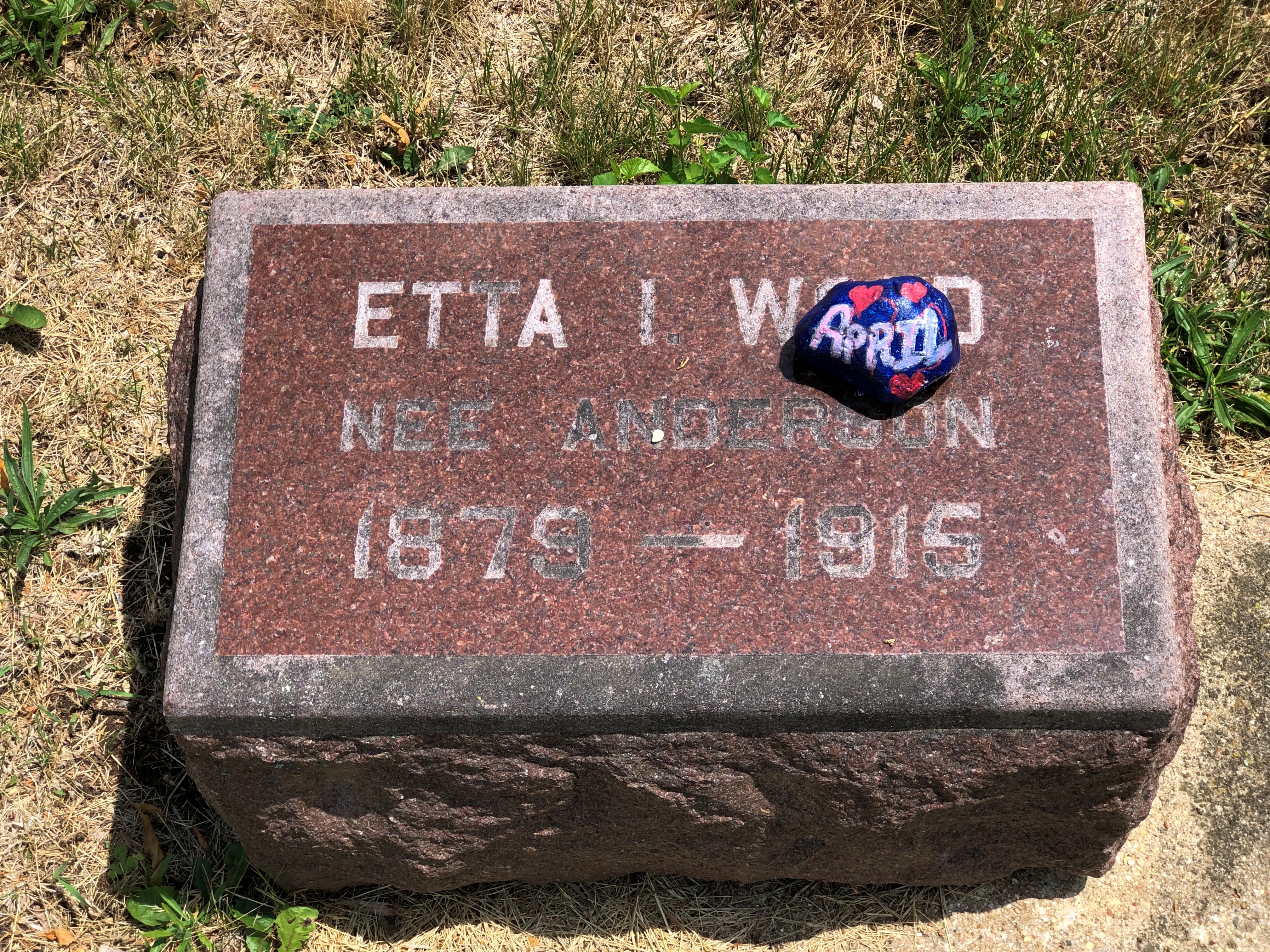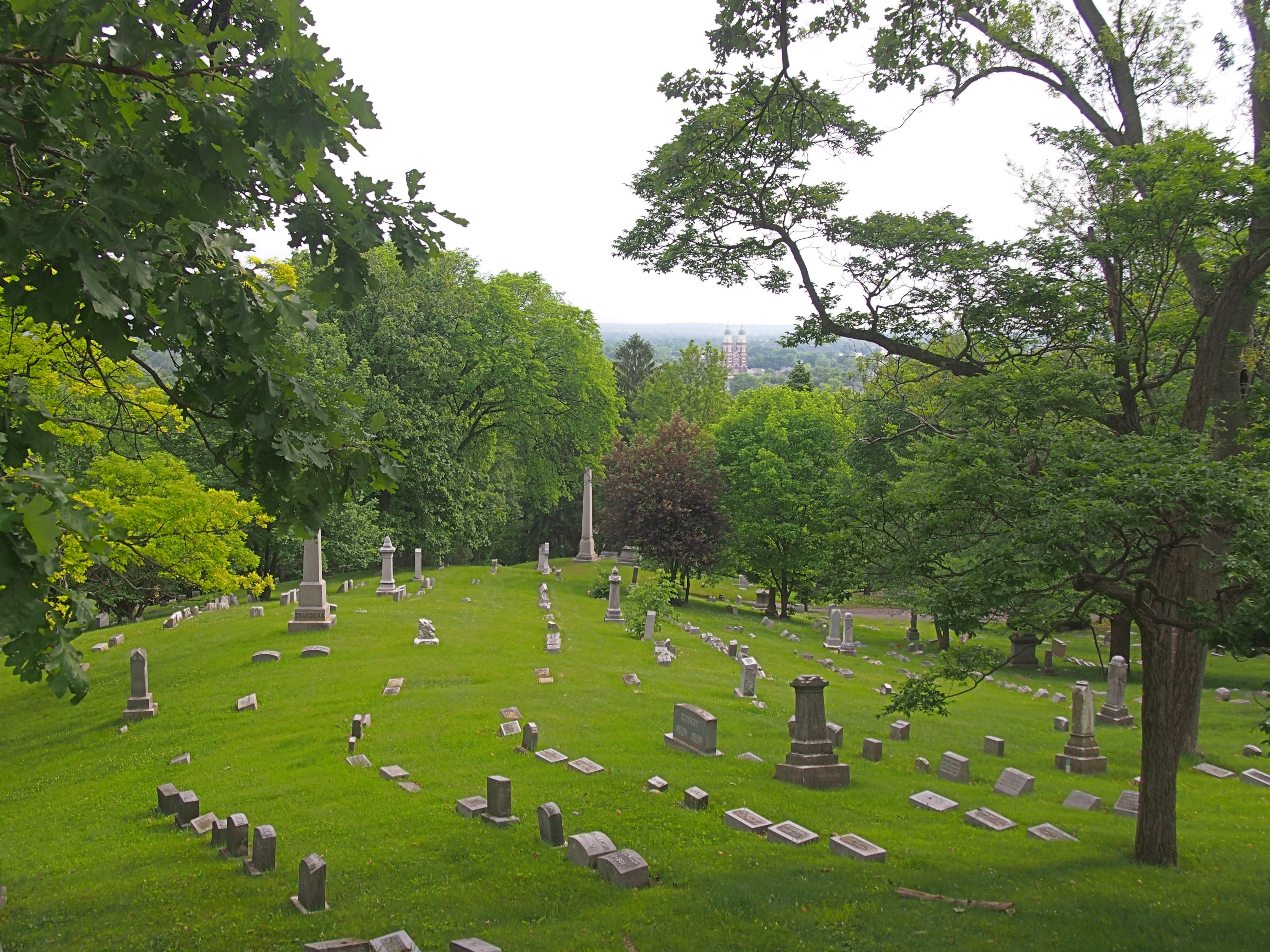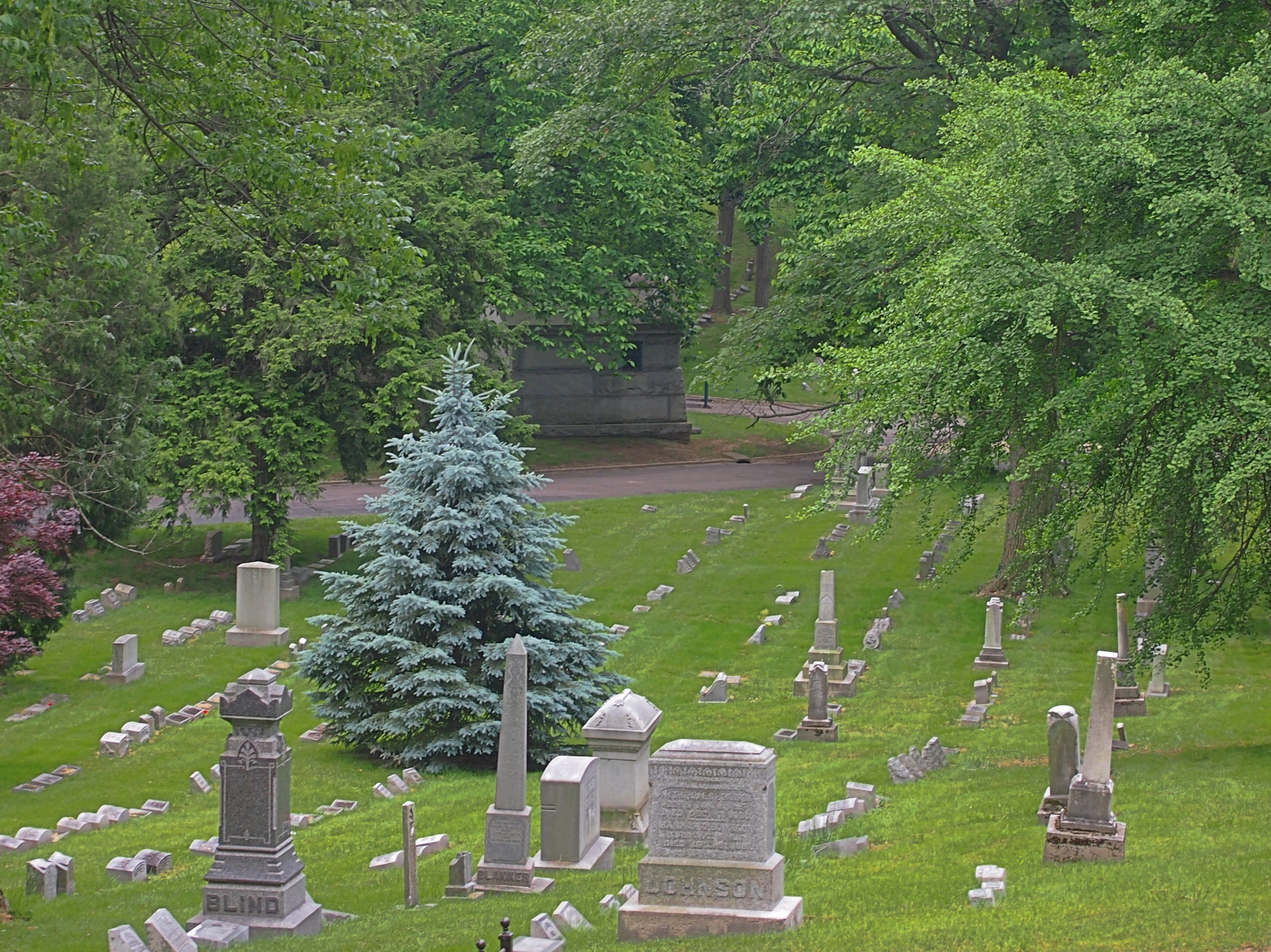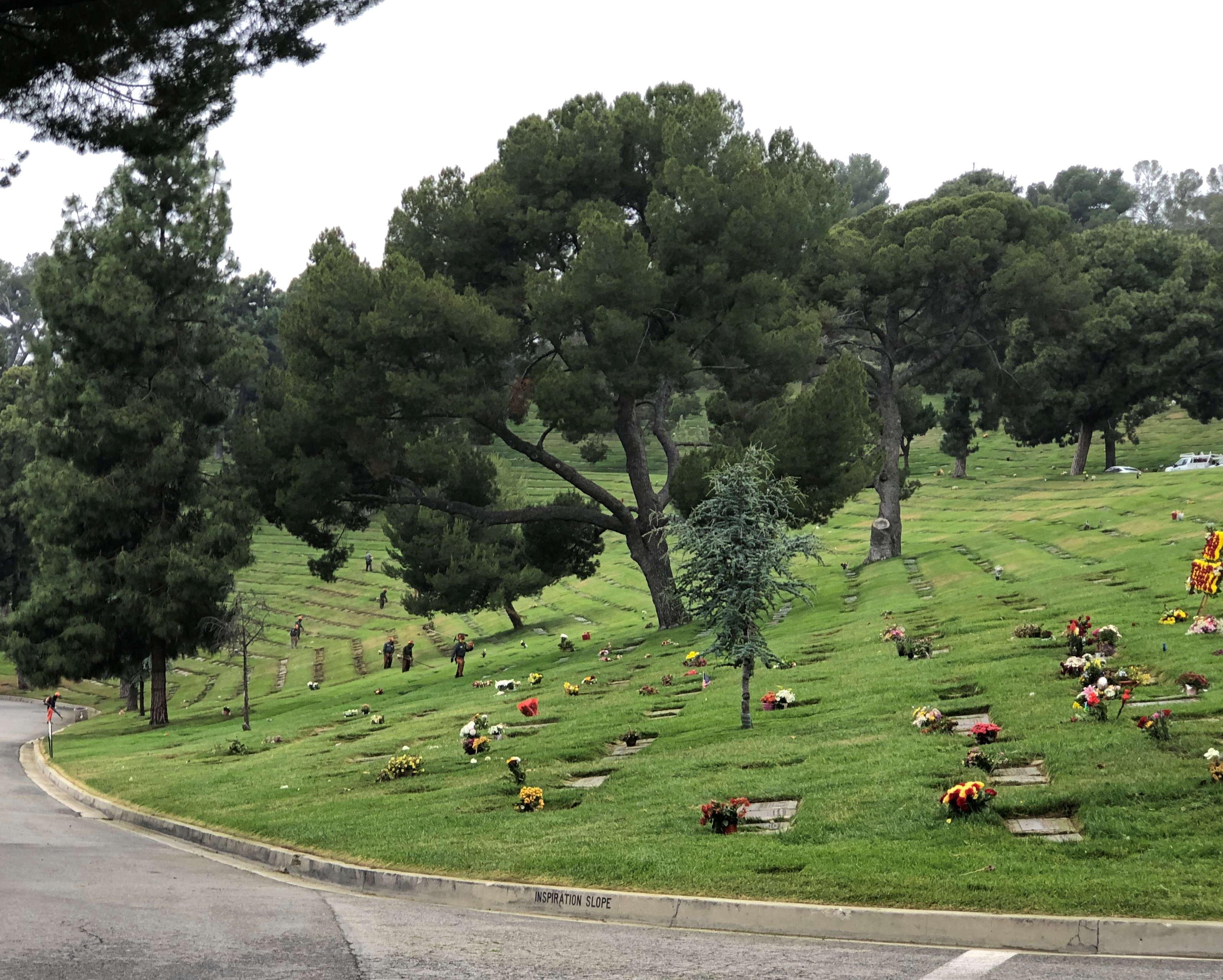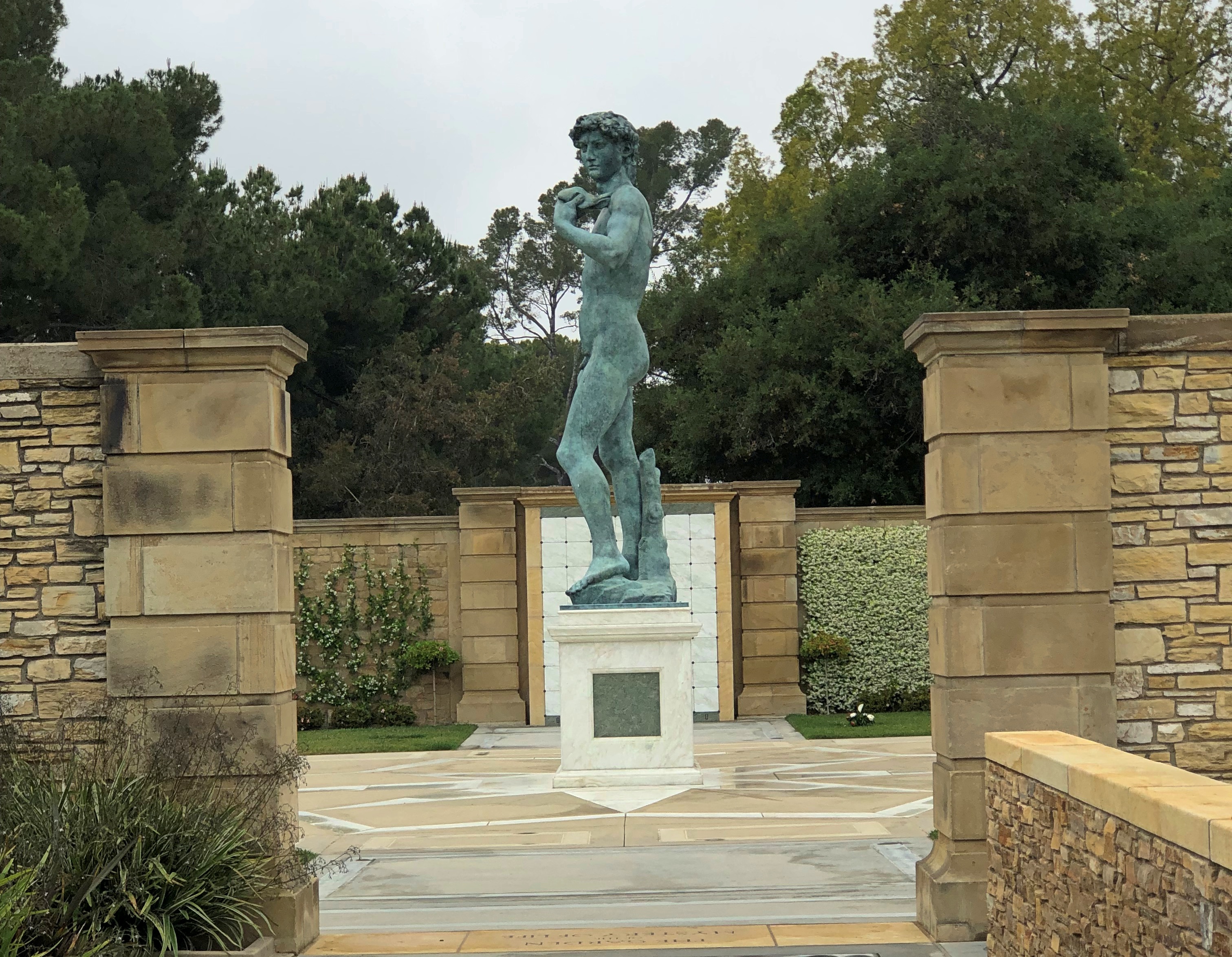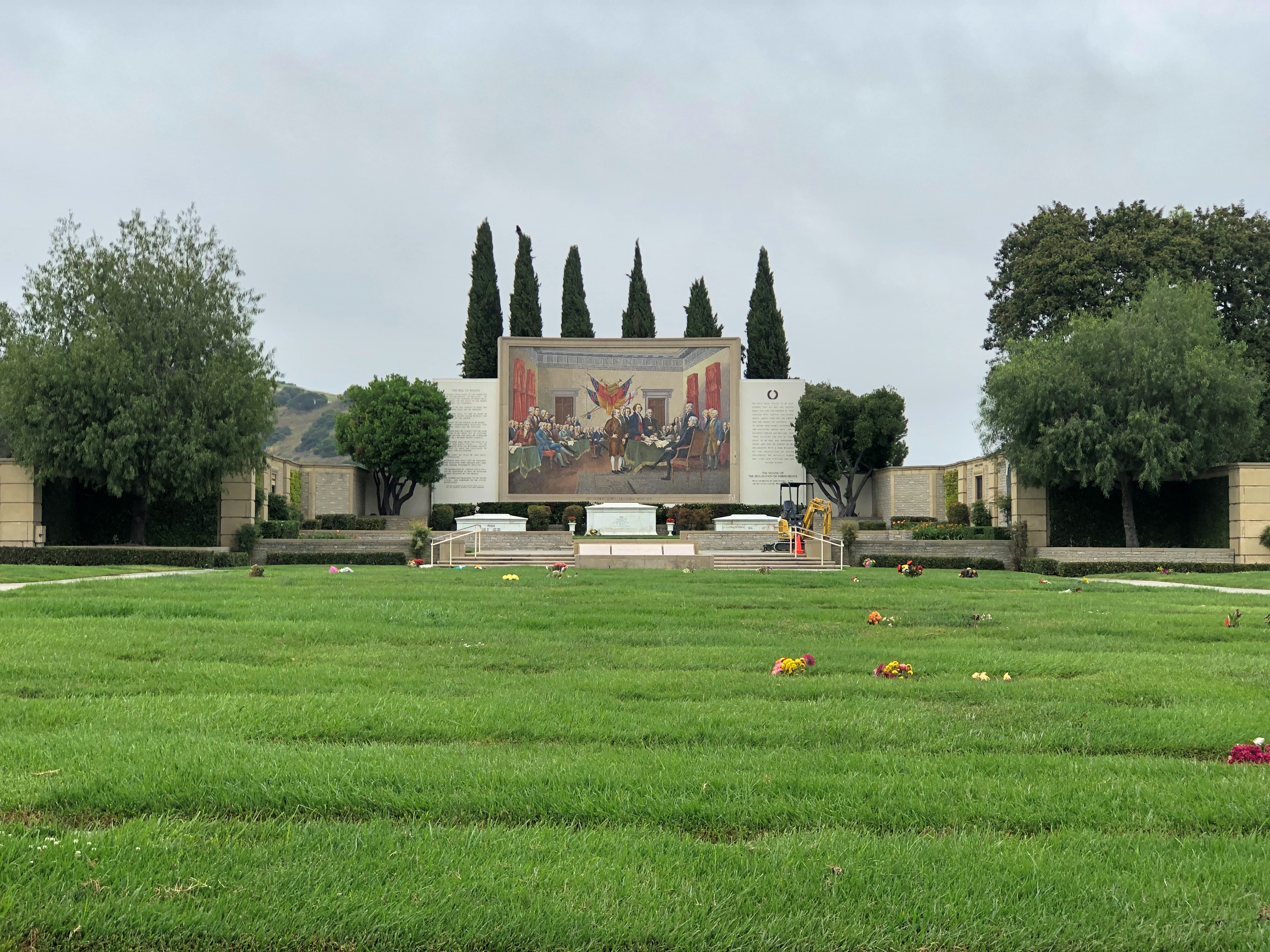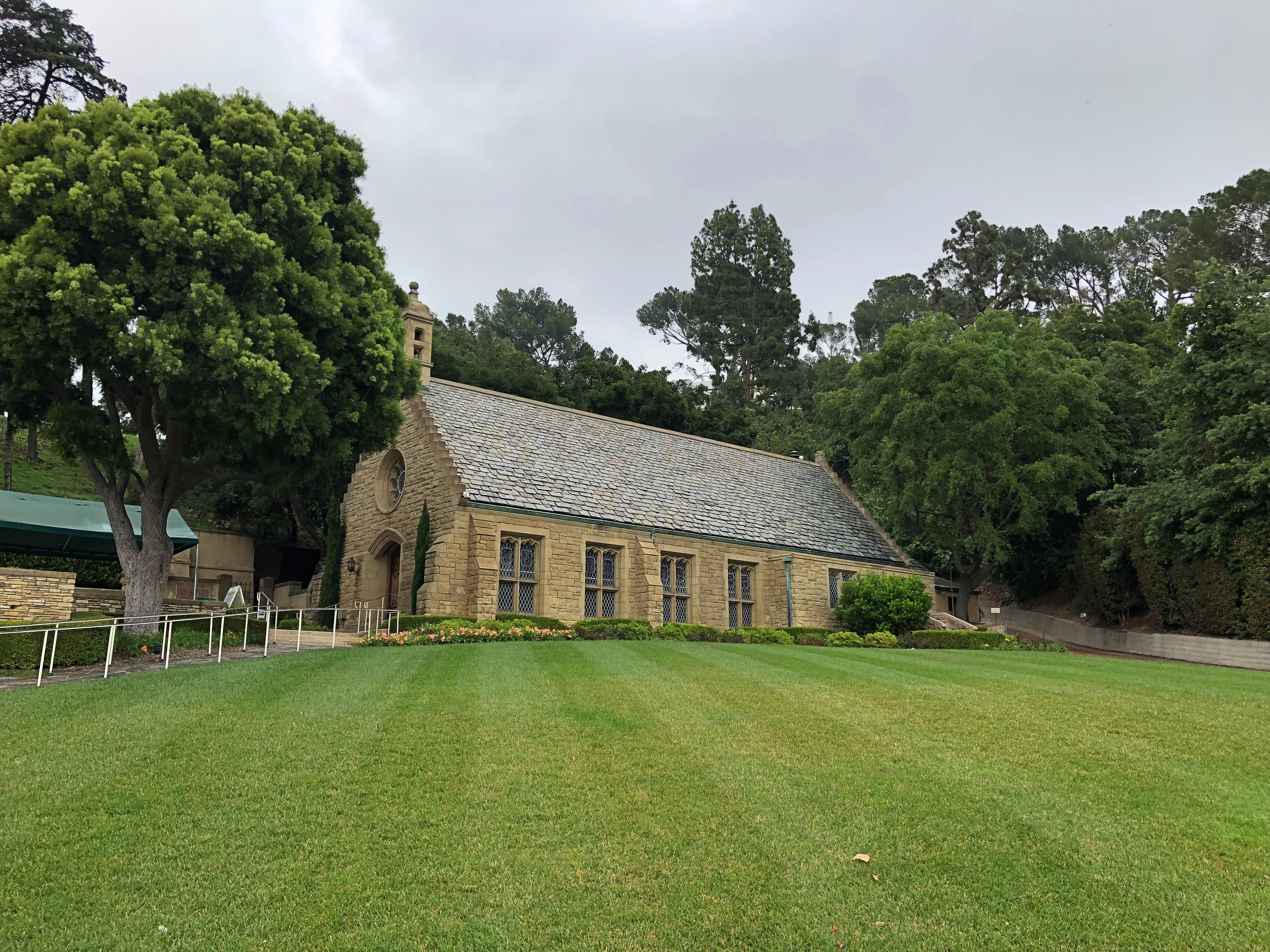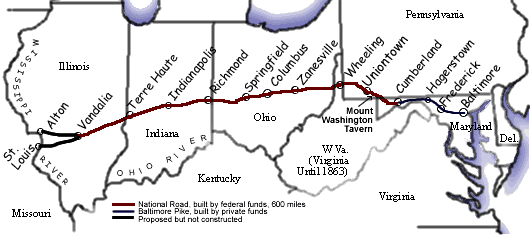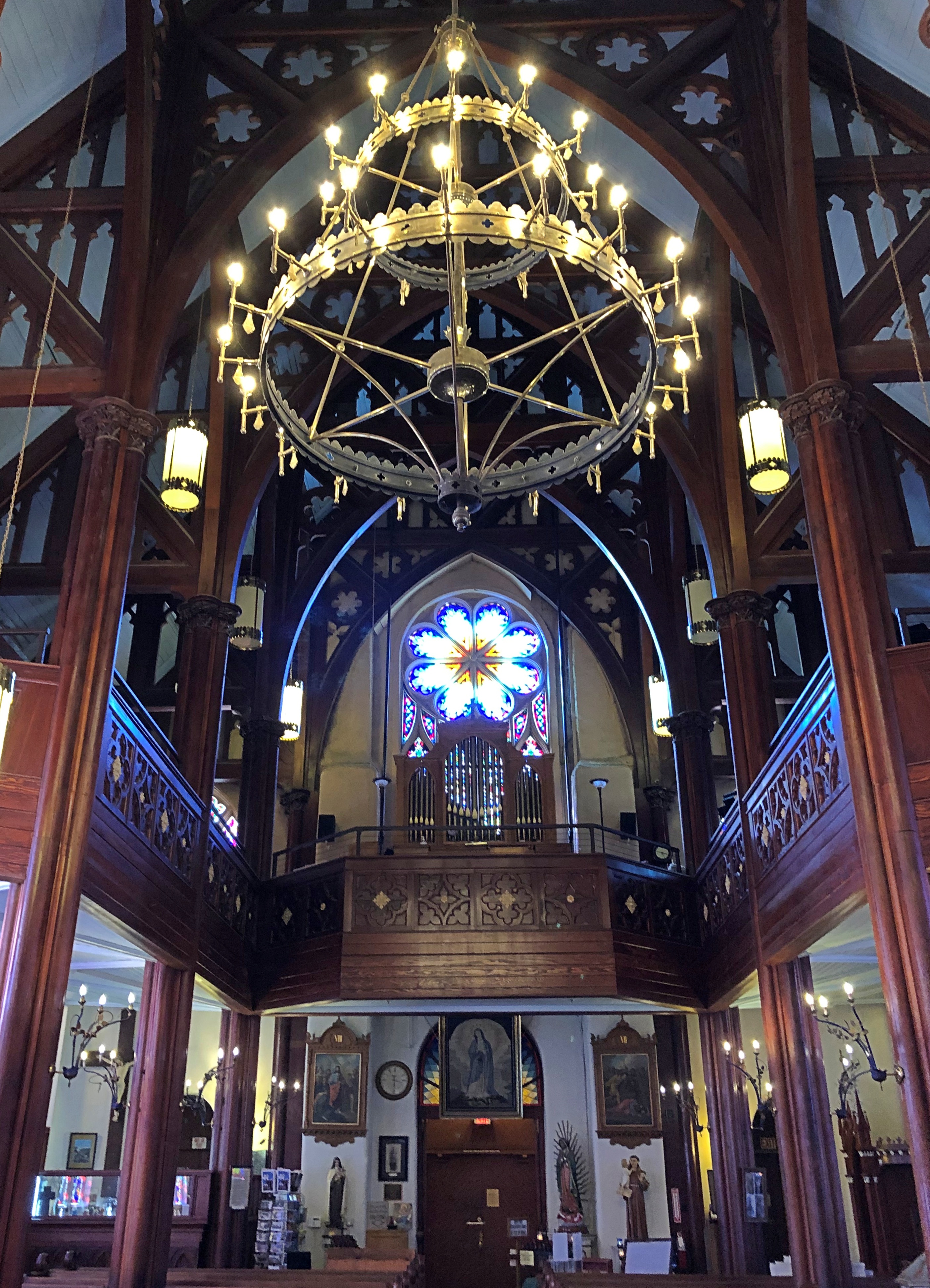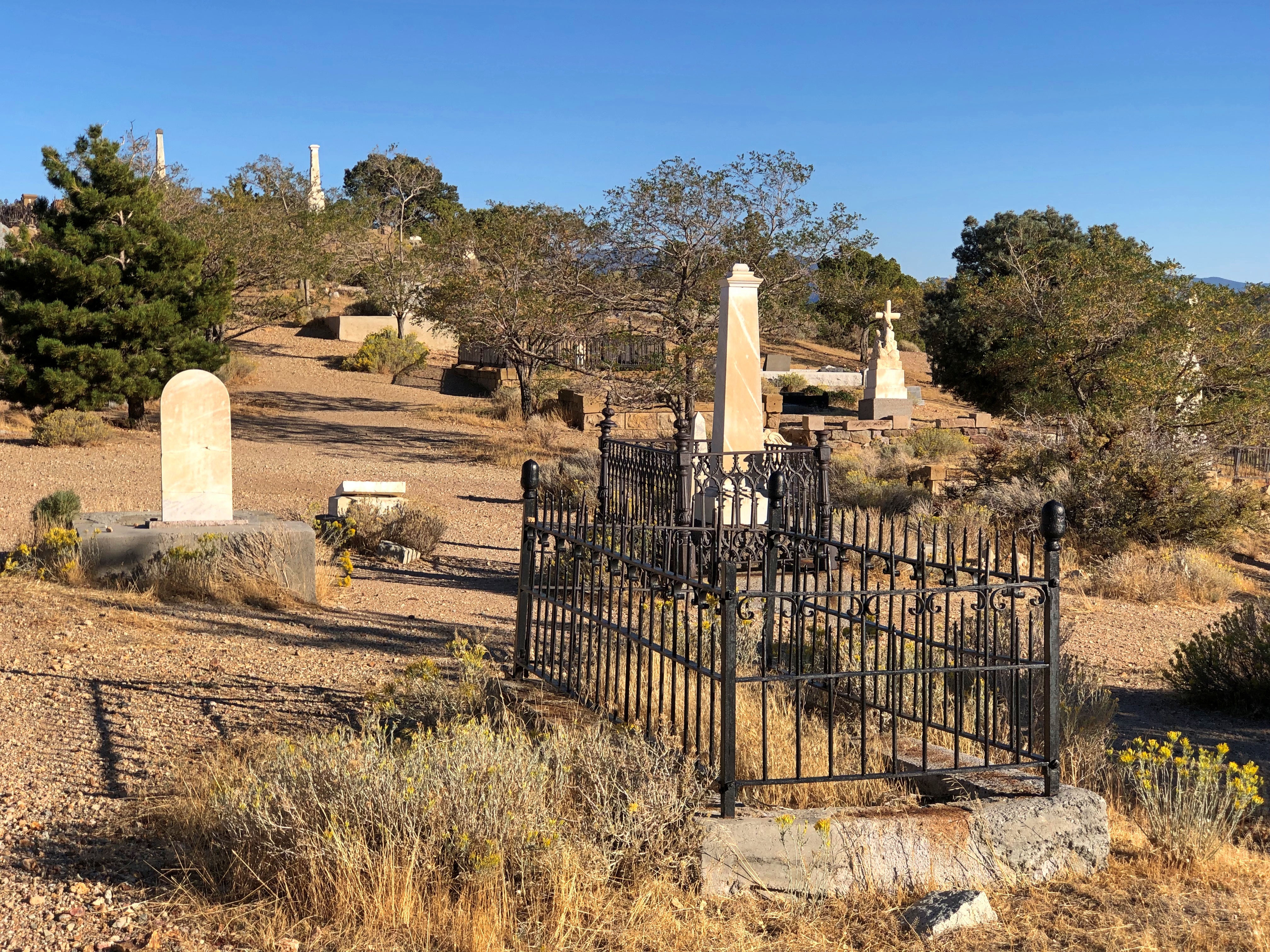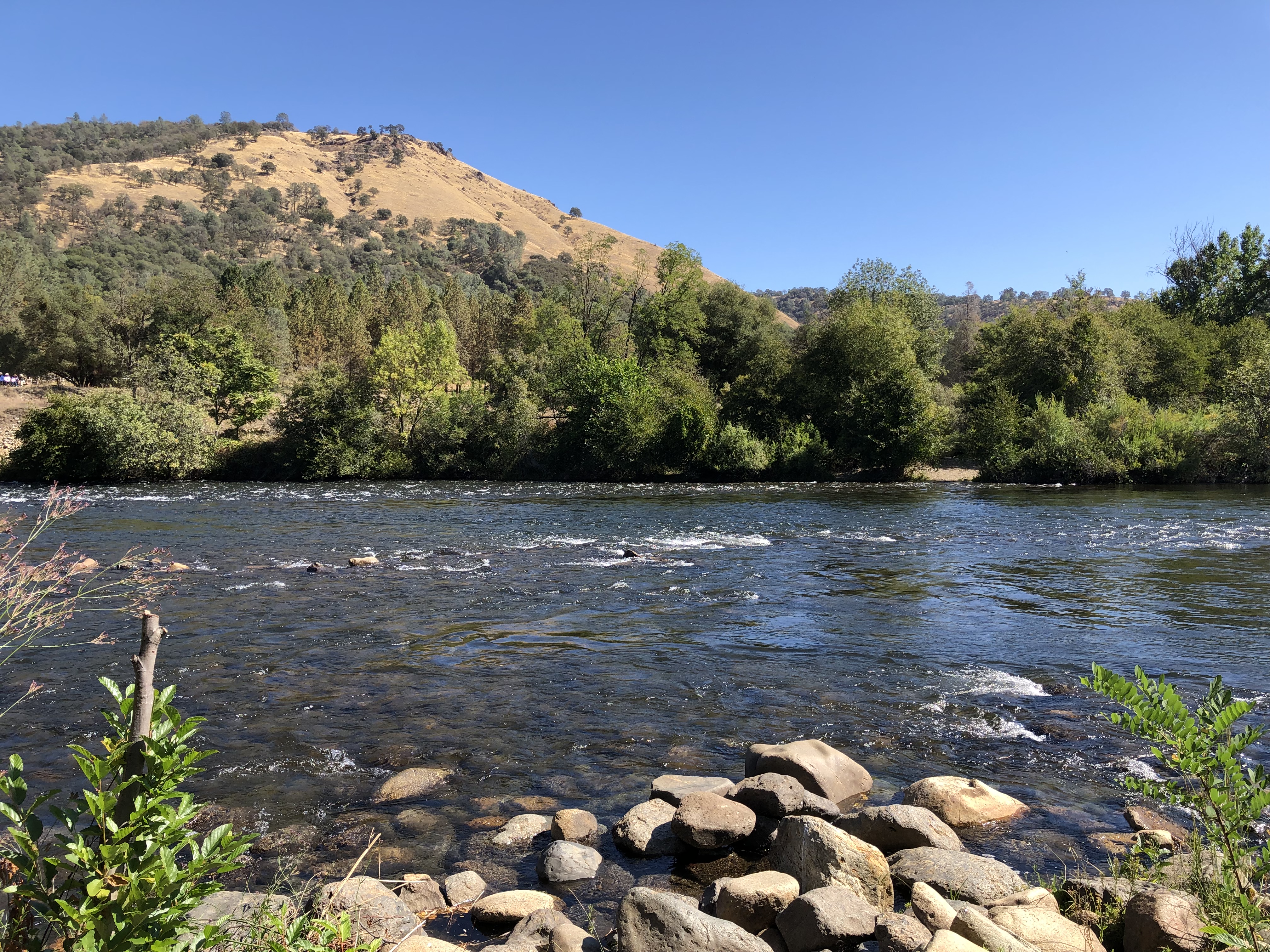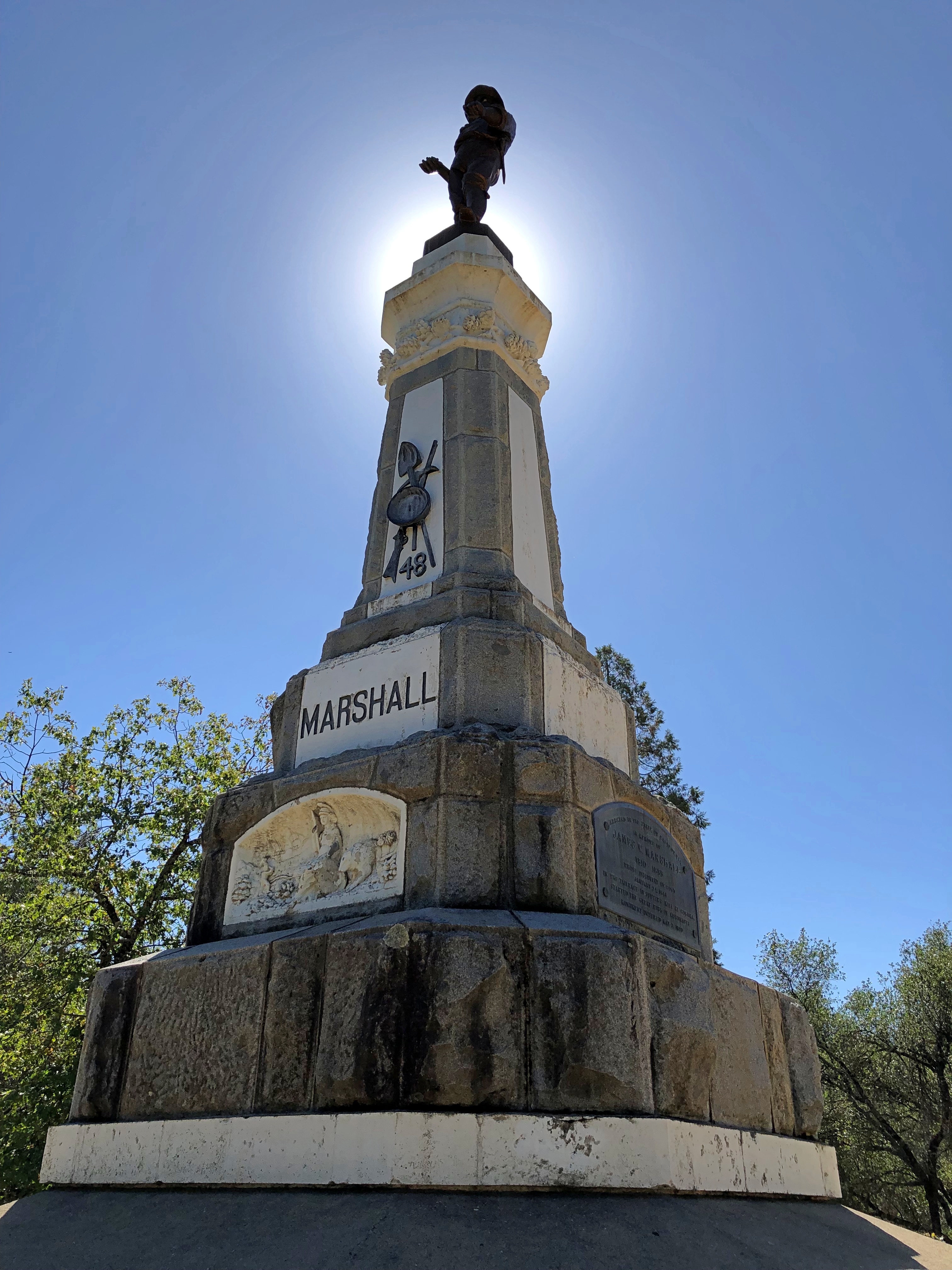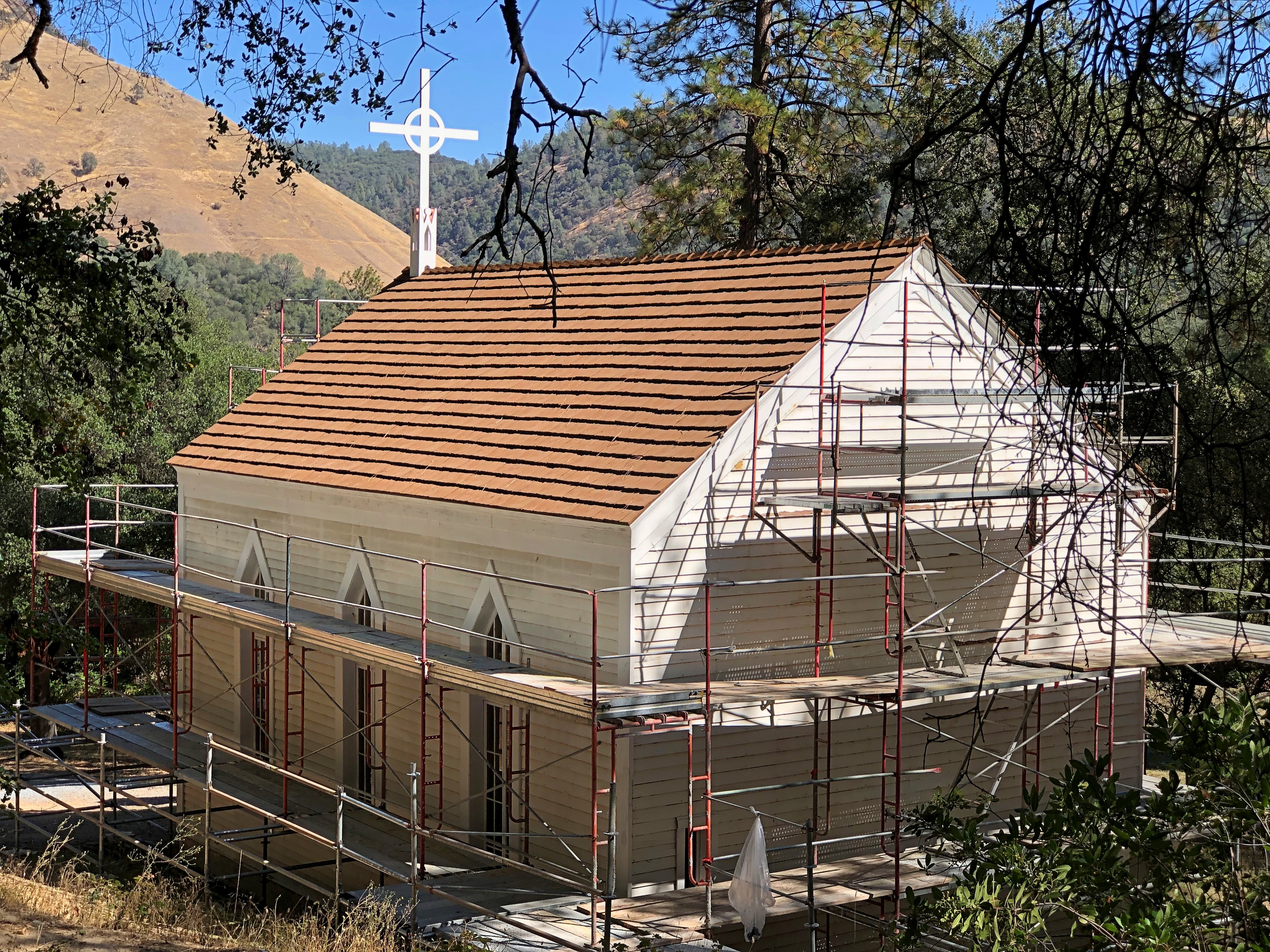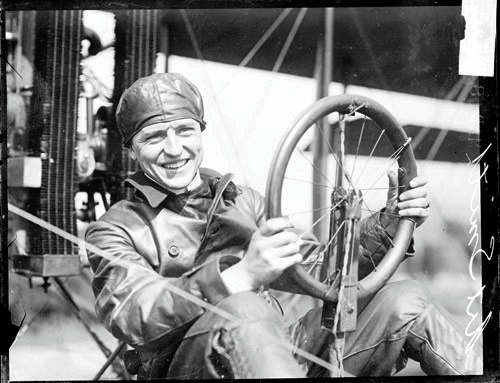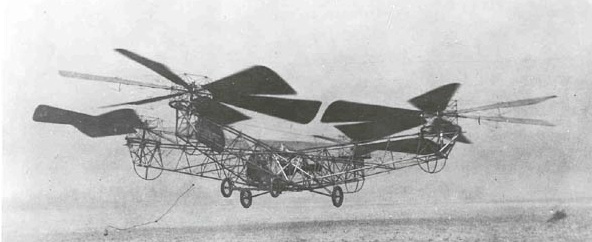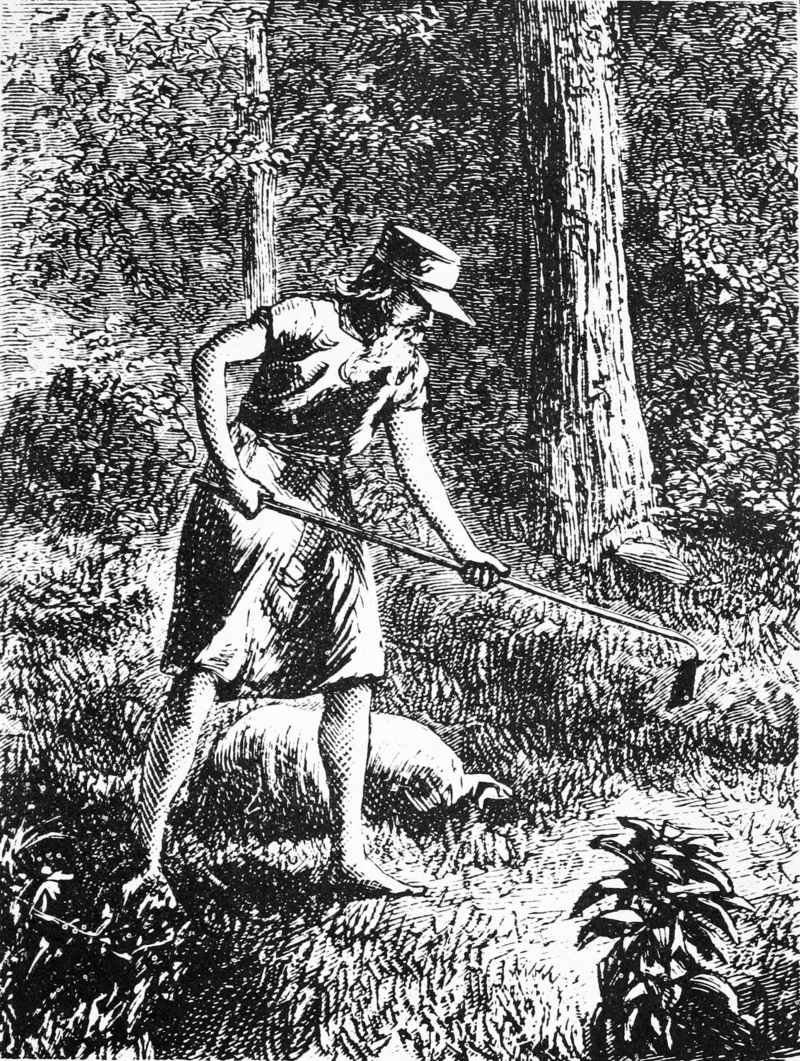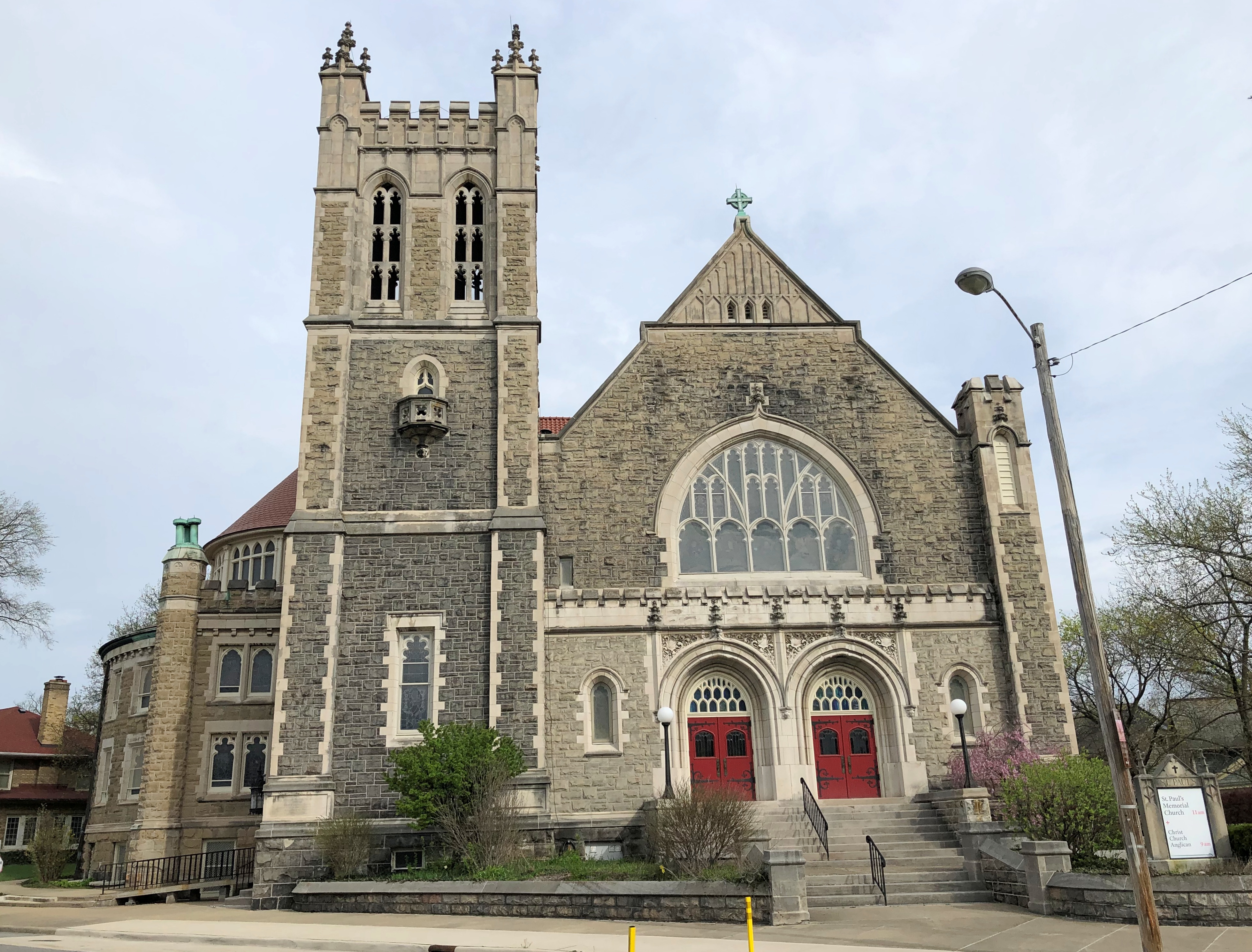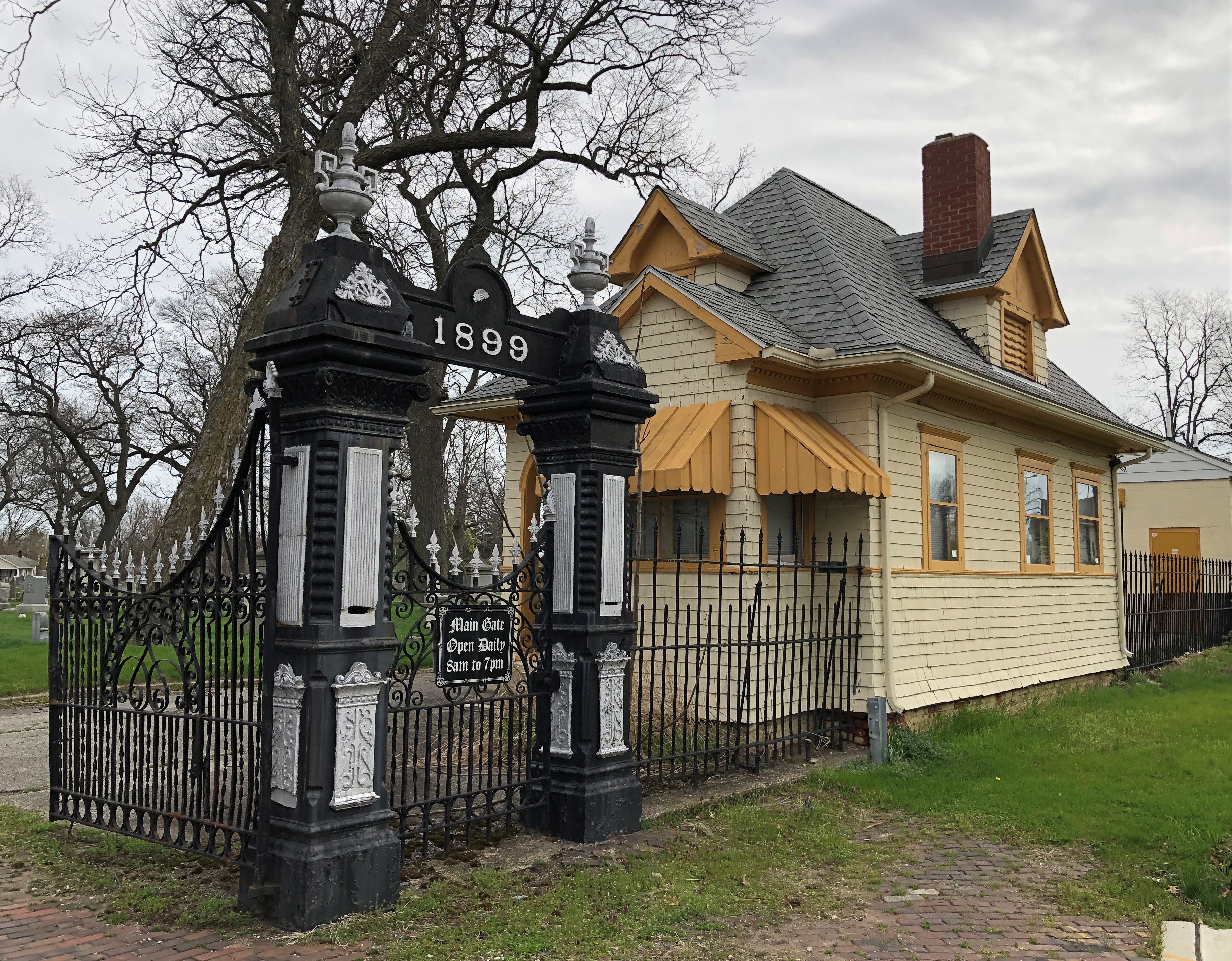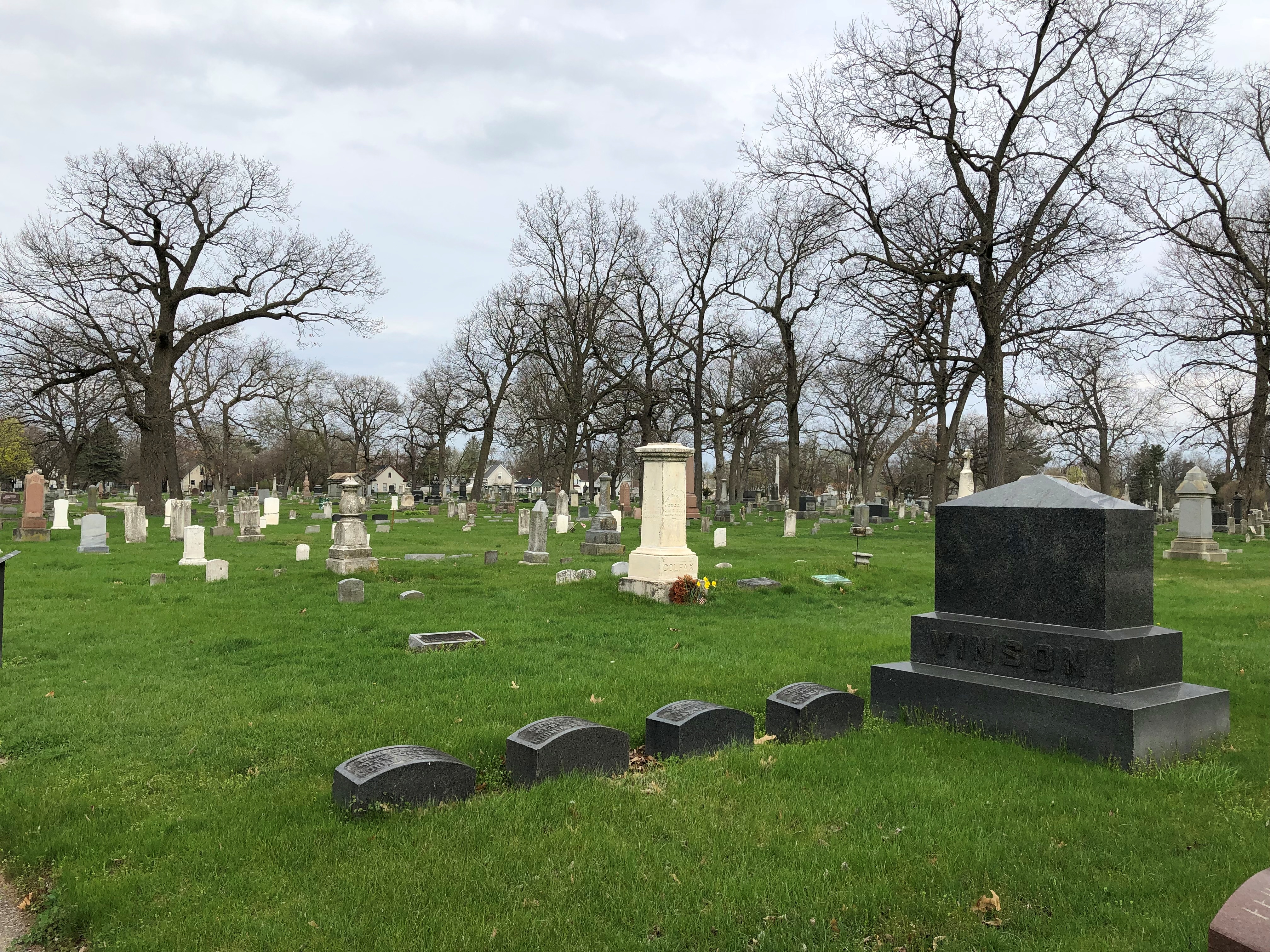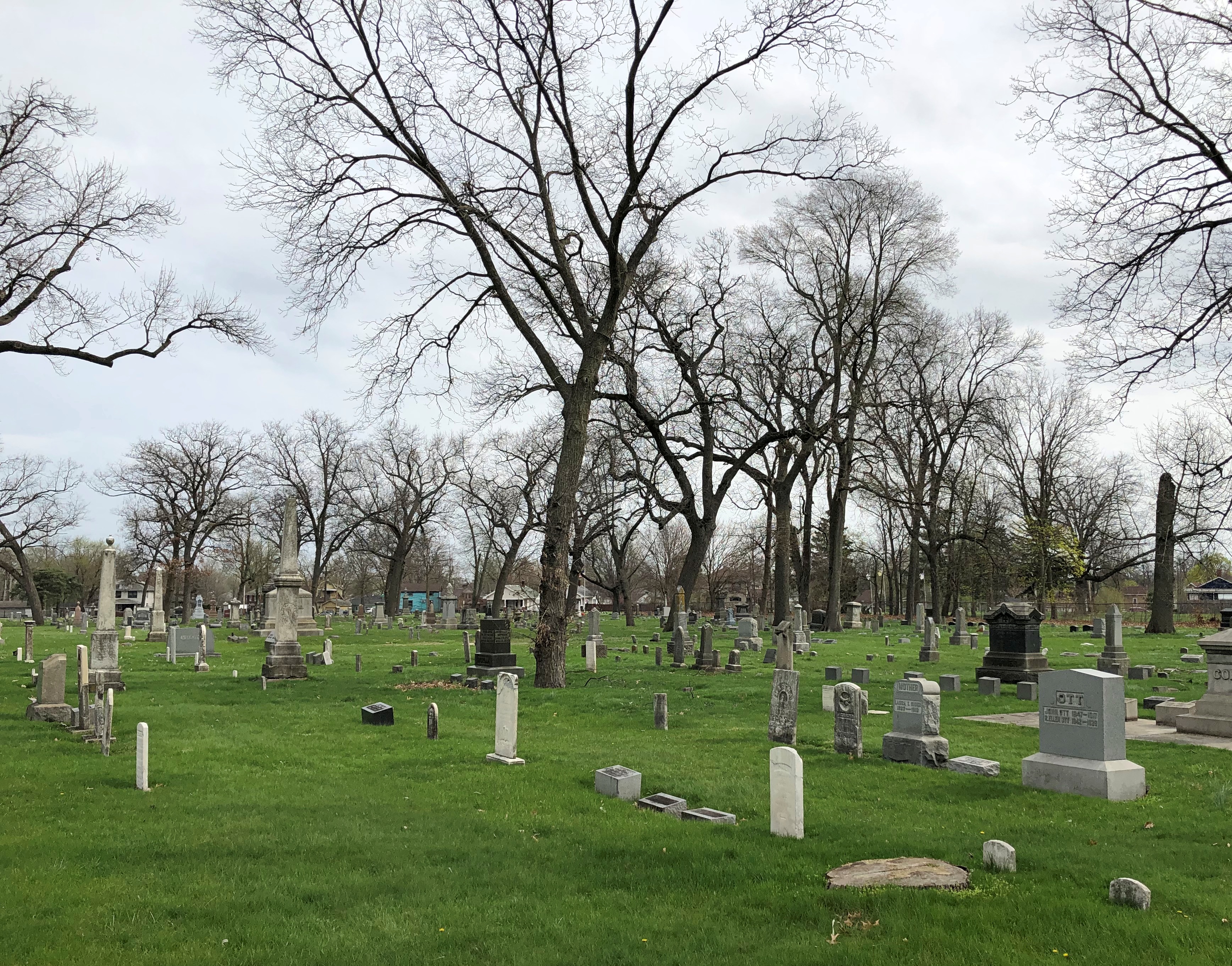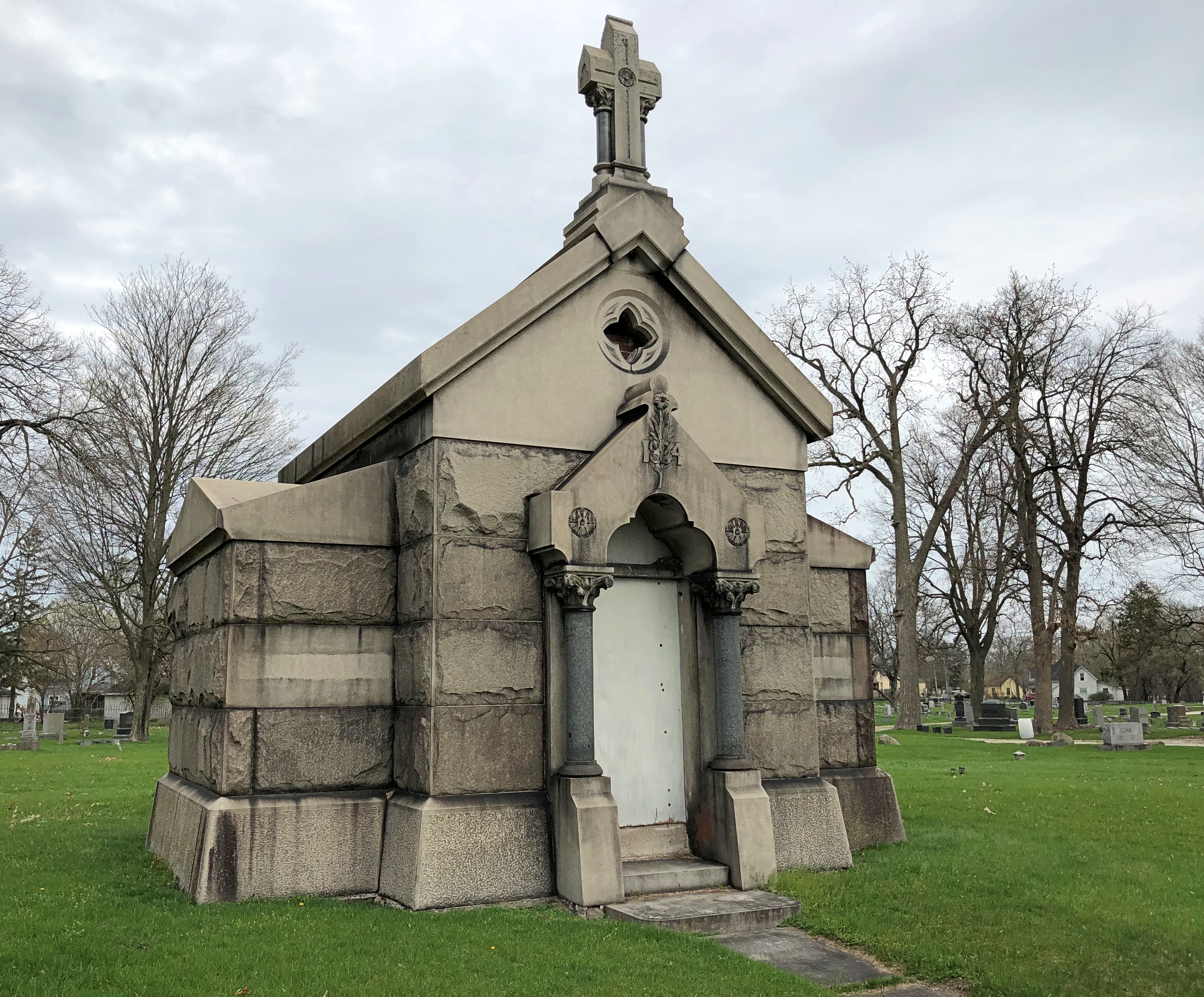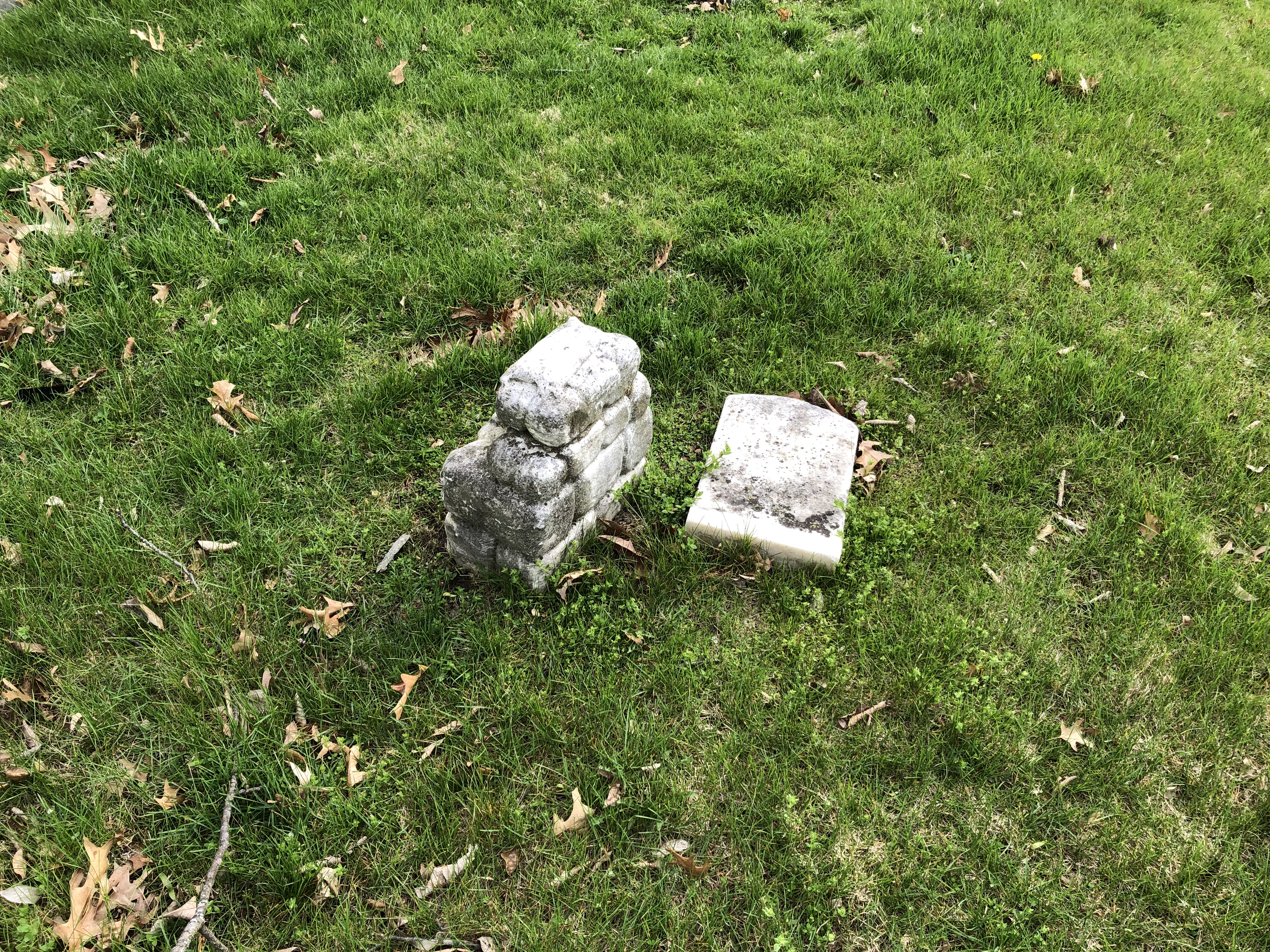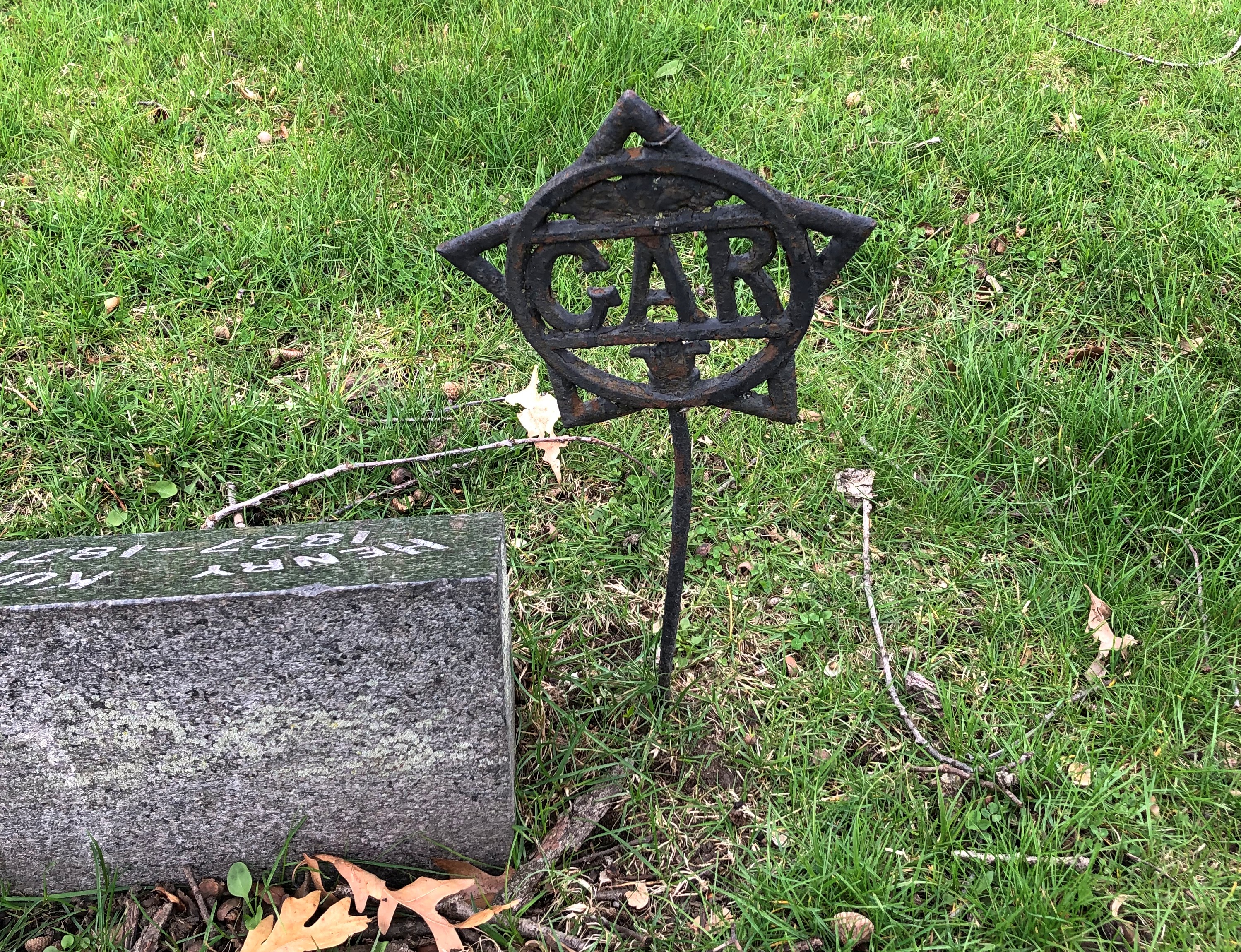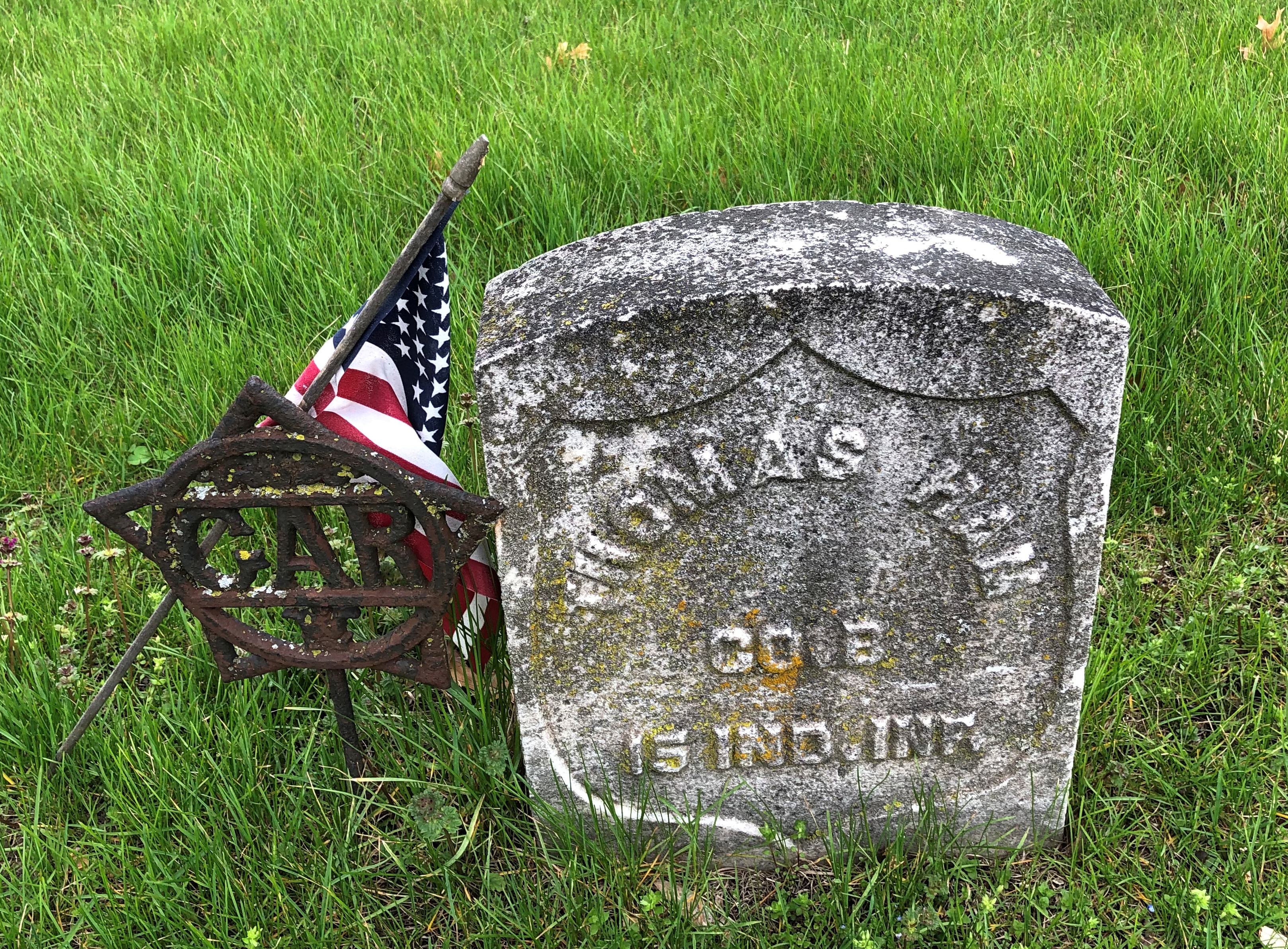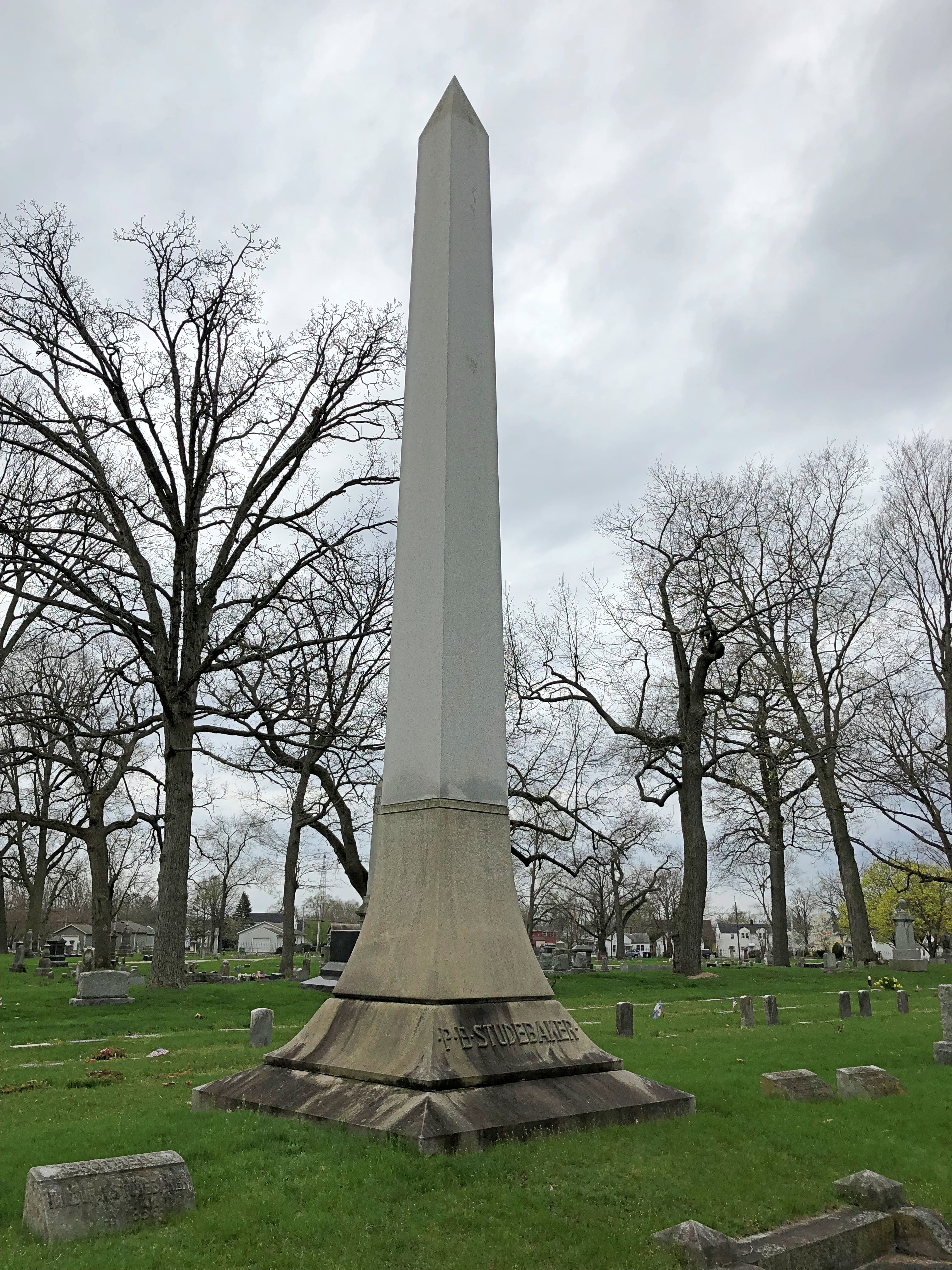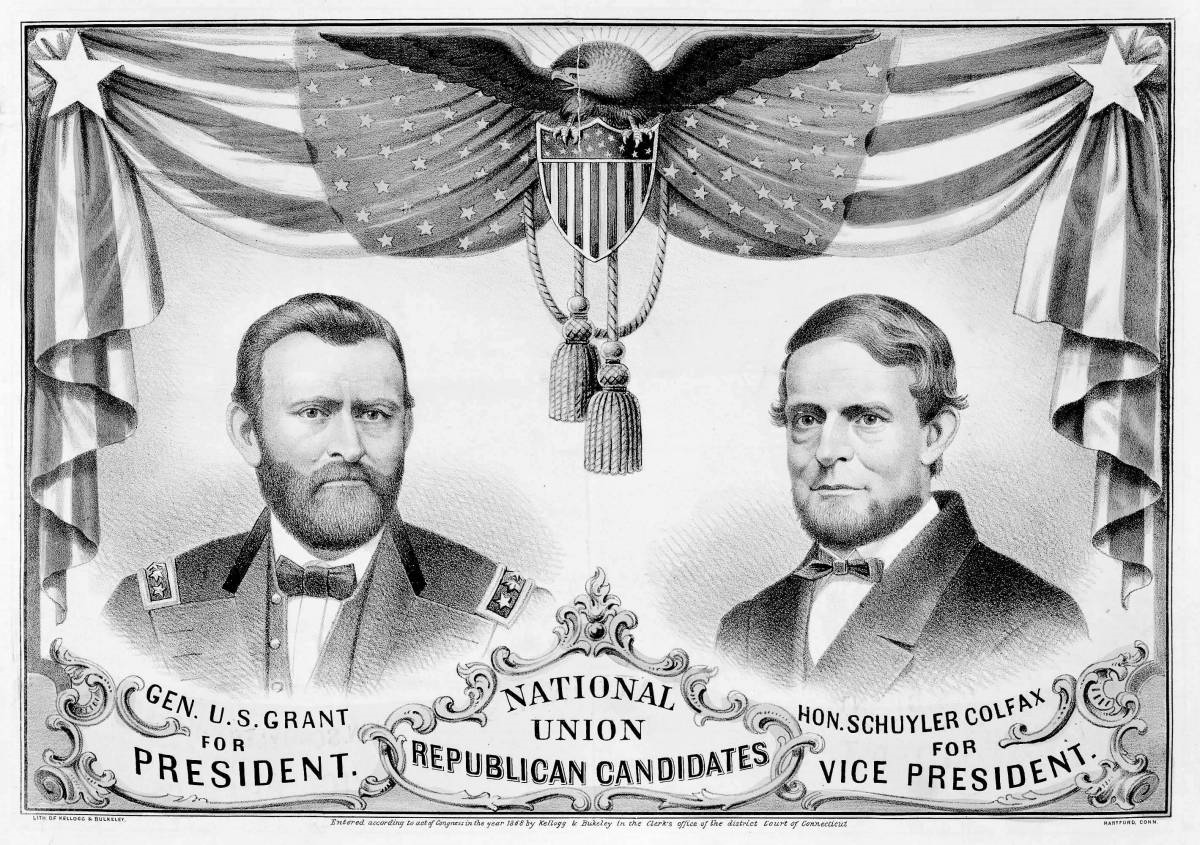This kind of national park review ends up on humorous lists: “Trees block views and too many grey rocks.” So we can chuckle at the philistines. Ha, ha.
Today I spent some time with Yelp one-star reviews of Yosemite National Park, and while I’m sure somebody actually posted the above as a genuine review (philistines are out there), that’s not what most of the one-star reviews were about. Rather, people were bitching about the management of the park, and specifically admissions and backcountry permitting.
Nothing untoward happened to us during our early October visit to Yosemite because of entrance snafus. But many — most? — of the one-star complaints have a ring of truth to them. Yosemite began requiring timed entry last year and did so this year (but not after September 30), and to be charitable, it sounds like there are still a few bugs in the system, plus genuine issues with rude or indifferent customer service. The permit system to climb insanely high rocks seemed poorly run too.
We call all mock government incompetence, can’t we? Or is it hard to run a major national park when it’s starved for funding?
When you arrive at the park — and get in effortlessly — all such questions melt away. Lilly and I arrived on the morning of October 6, 2022, at the Arch Rock Entrance and from there drove the winding two-lane road to the valley.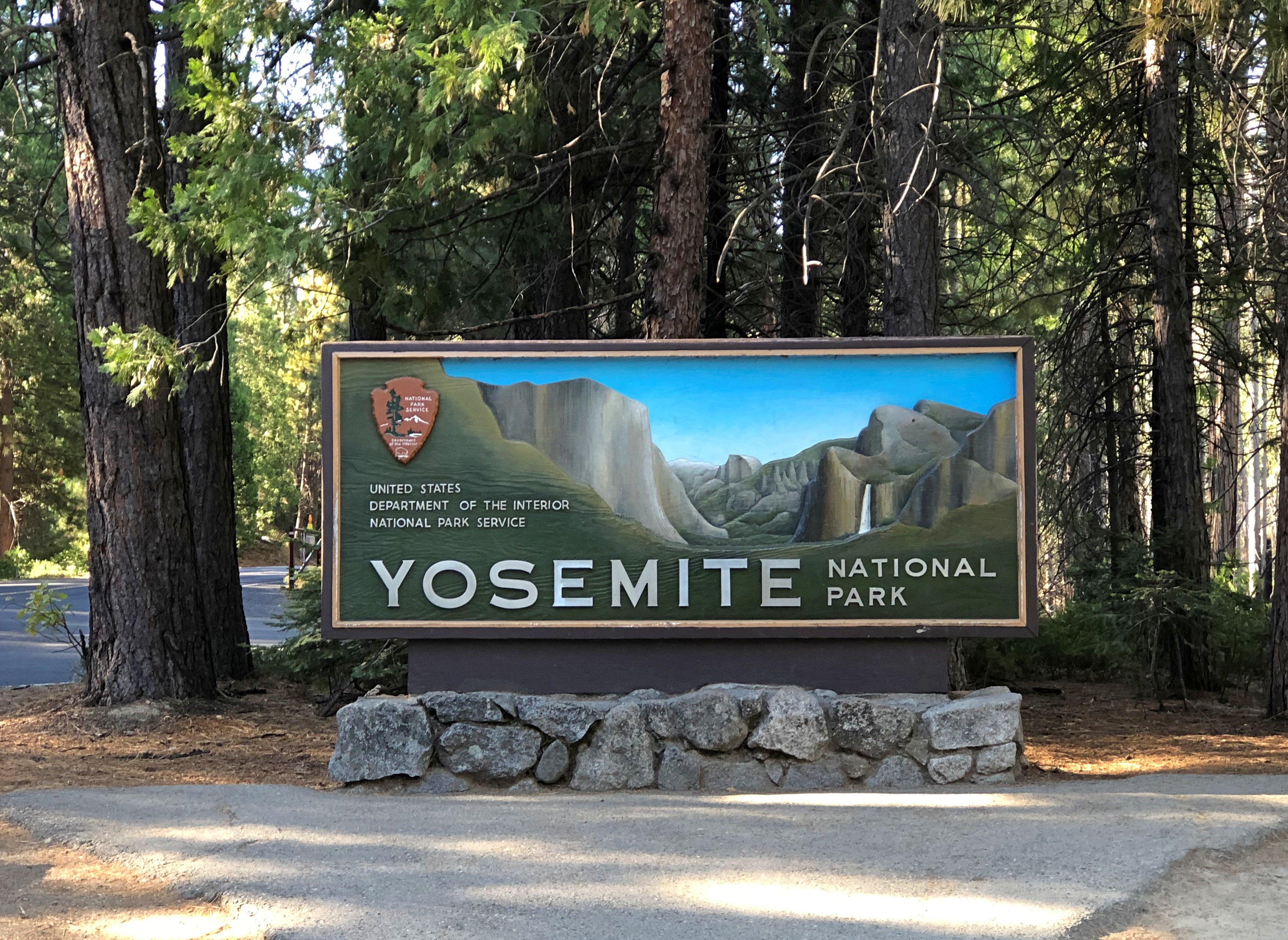
In the Yosemite Valley, it doesn’t take long to get to grandeur.

On the line separating the grass and the trees in this image, far to the right, are cars barely distinguishable as such. That’s where we parked. Grandeur wasn’t very far from there, either.
The path across the field, away from the parking lot, offered some more stunners.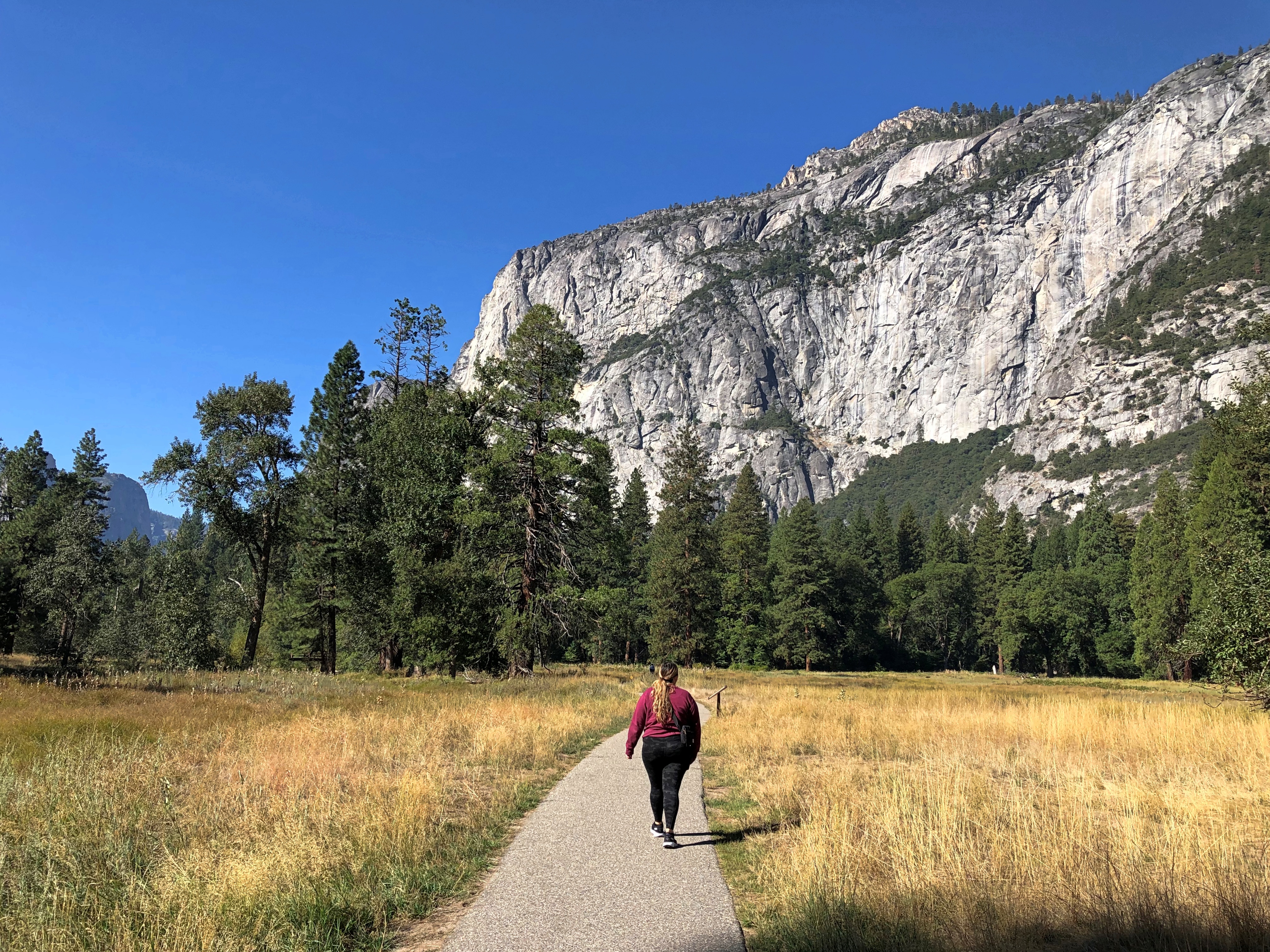

After crossing one of the valley’s twin roads (one goes each way), we headed for the Lower Yosemite Fall.
Big rocks make smaller ones.
The fall.
The image doesn’t capture it too well, but there was a ribbon of water or two coming down the side of the cliff. Autumn isn’t the season if you want majestic water volume. Spring has been the season for that for millennia, but maybe not as much in recent decades.
Rocks and more rocks. Erosion in action.

Mirror Lake sounded like another good destination, walkable from the valley floor. First, Tenaya Creek.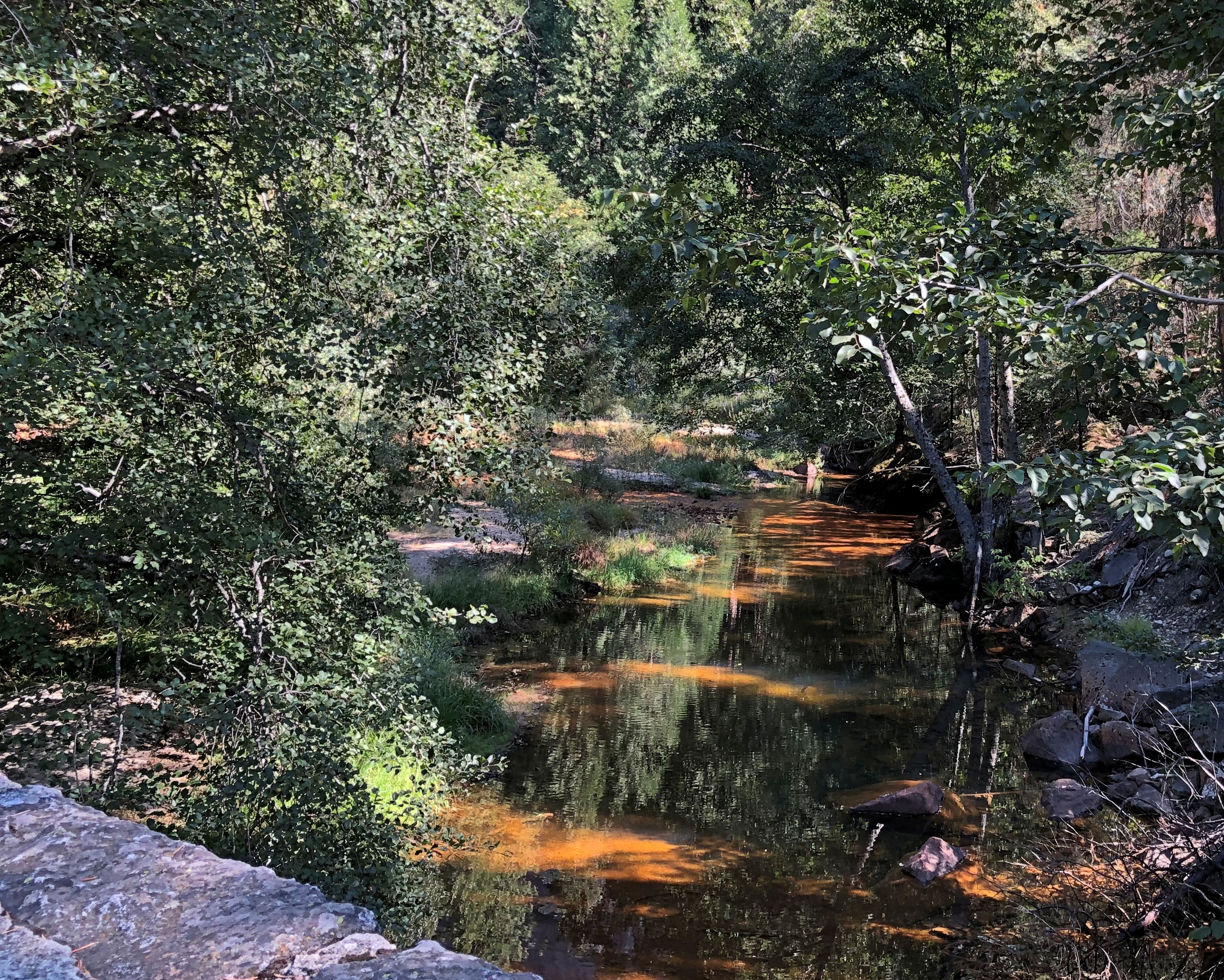
Along a road used as a walking path.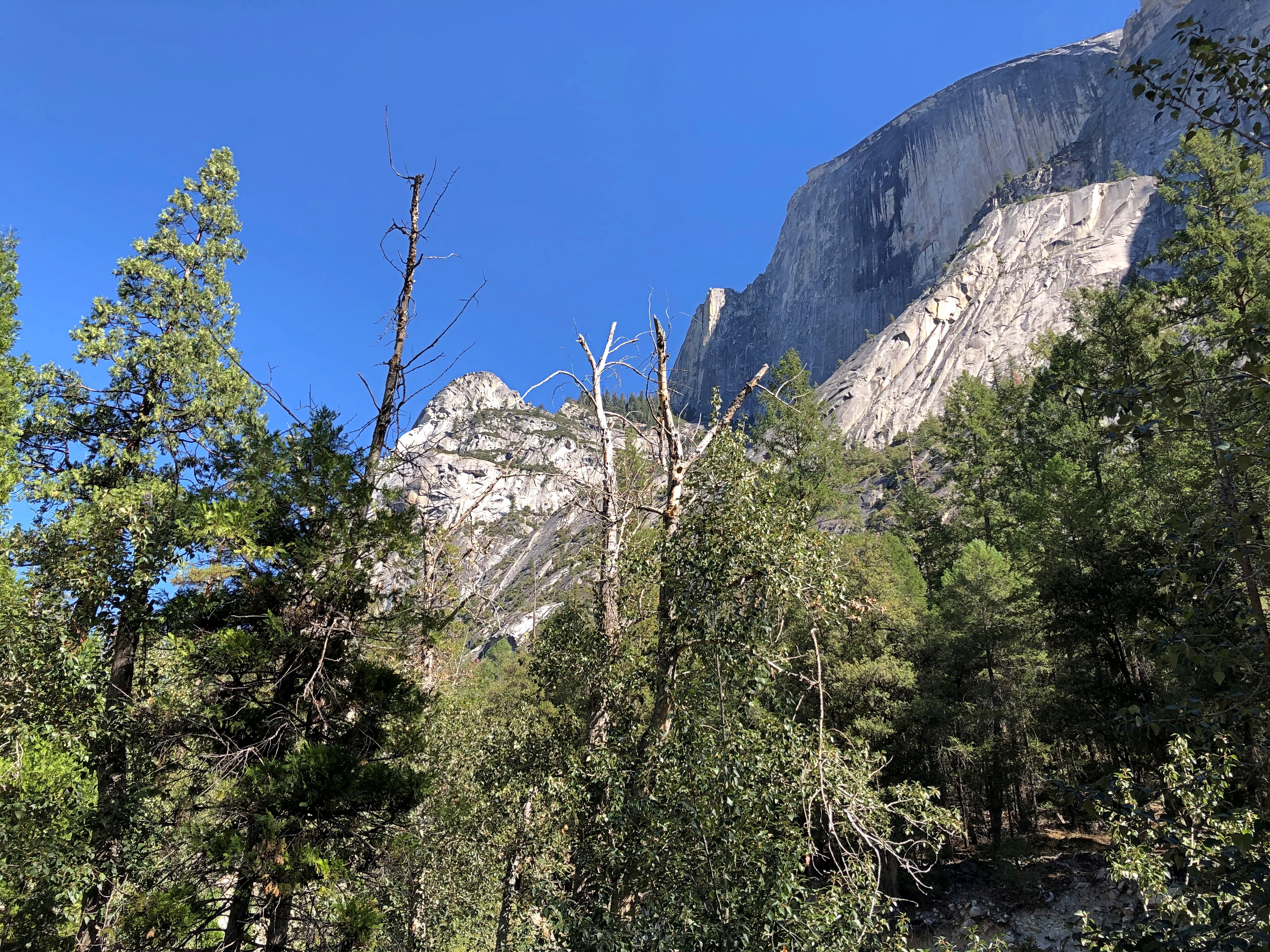

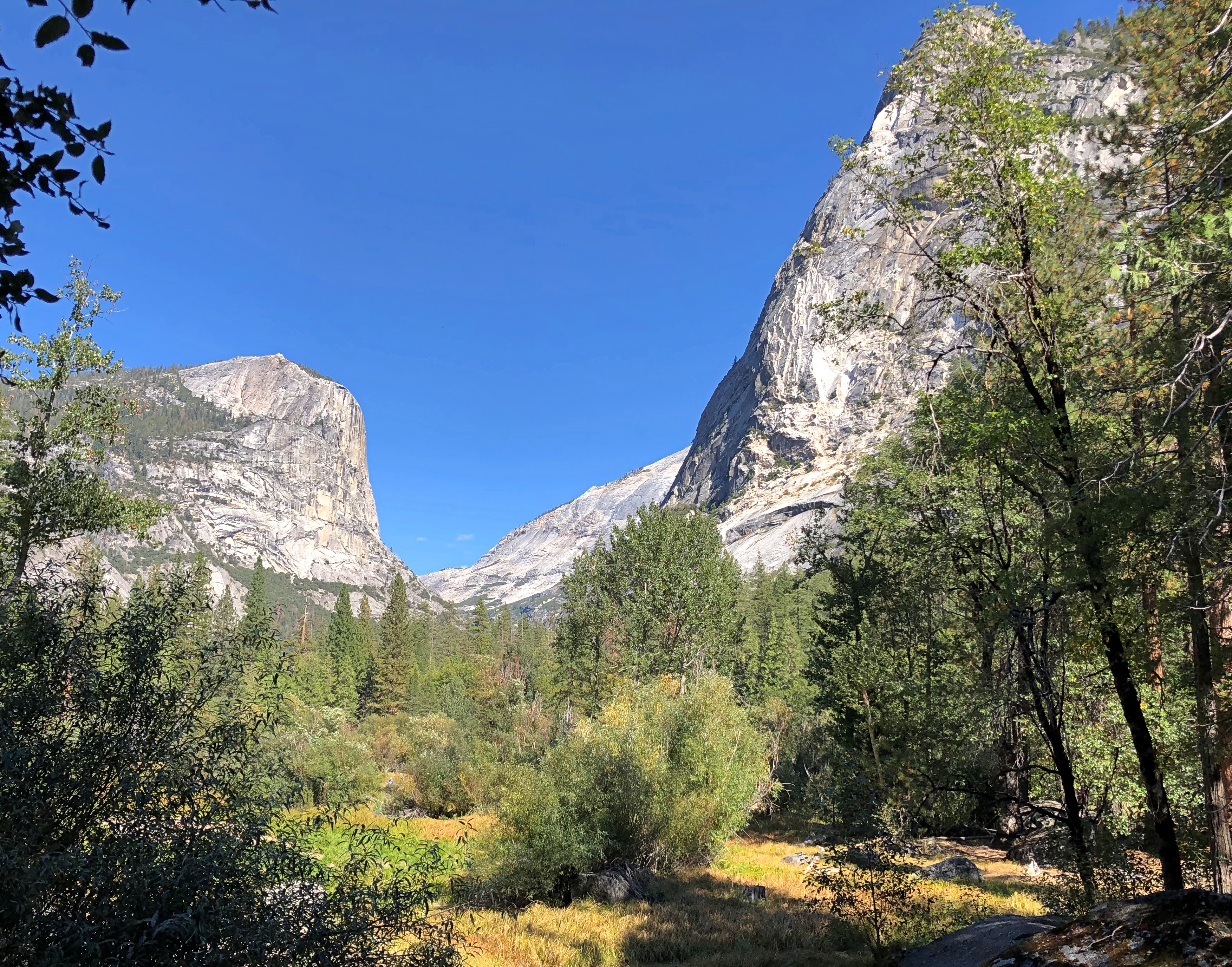
Just off the path further on — it was by now was a regular footpath — there’s a patch of cairns, if that term applies in America (and why not?). Temporary, human-arranged rock formations. But only a little more temporary than the rock and bolder piles calving from the surrounding cliffs.
Half Dome. Famed in accounts of the people who have climbed, countless photos and a 2005 U.S. quarter dollar. Ansel Adams’ ashes were scattered up there.
If Google Images is to be believed, that’s a slightly unusual angle, but only slightly. I saw the feature from a few other places, and its granite heft never disappointed.
Mirror Lake, dead ahead.
Dry.

The park shuttle bus had taken us from Yosemite Village to the trailhead for Mirror Lake. We returned to the trailhead and took the bus back to Yosemite Village, which really is a village with a small population (about 330), a school, clinic and post office, but also a complex of hotel rooms and museums and NPS service buildings, including park HQ.
Those buildings were the only places in the Valley that day that sported genuine crowds. Other trails and sights were well populated, but not to the point of distraction.
A handful of people, about 60, repose in Yosemite Cemetery, which is on the edge of the complex but has been a cemetery longer (since the 1870s) than any of the buildings in the village have been around.

“Some of those laid to rest here are well-known figures in the history of the park,” says the NPS. “Some spent their entire lives in Yosemite and are now almost forgotten. Others were visitors about whom very little was known, even at their time of their deaths. There are people who died here while on vacation, early settlers and homesteaders, old timers and infants, hotel proprietors and common laborers…”
One resident is James Hutchings (d. 1902), businessman, Yosemite settler and publisher of Hutchings’ Illustrated California Magazine, which put the Yosemite Valley on the map, at least in the minds of 19th-century Americans. And that’s not all.
“James Mason Hutchings, the first to organize a tourist party to visit Yosemite in 1855. Hutchings unknowingly made an enormous contribution by hiring John Muir to work at his sawmill in 1869,” the NPS notes.
Sadie Schaeffer, drowned in the rapids in July 1900, it looks like.
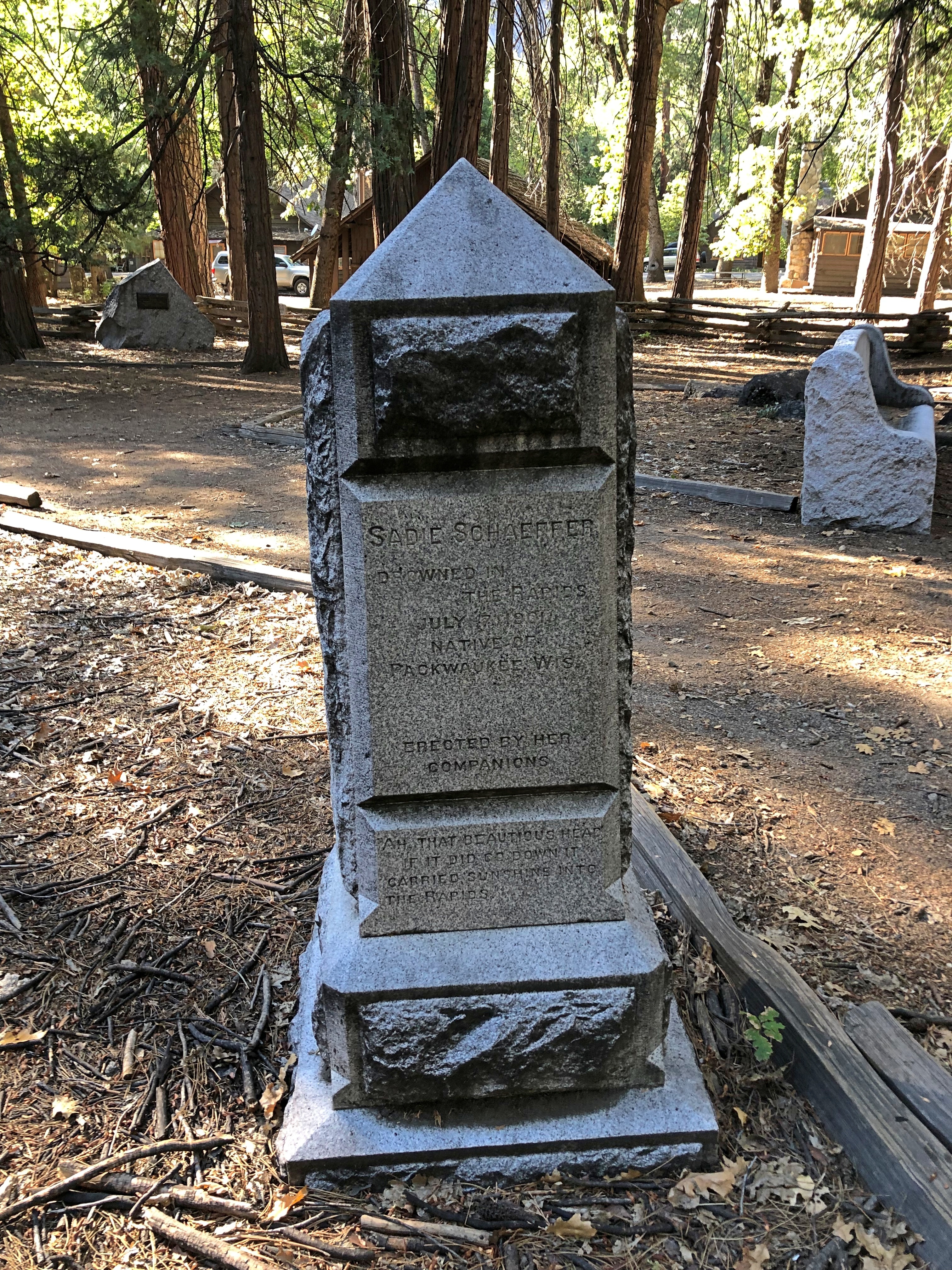
A.B. Glasscock, died 1897, aged 53.

Albert May, died 1881, aged 51.

Walk on. By this time, the valley is catching afternoon light.
Yes indeed, we got a different view of Half Dome.
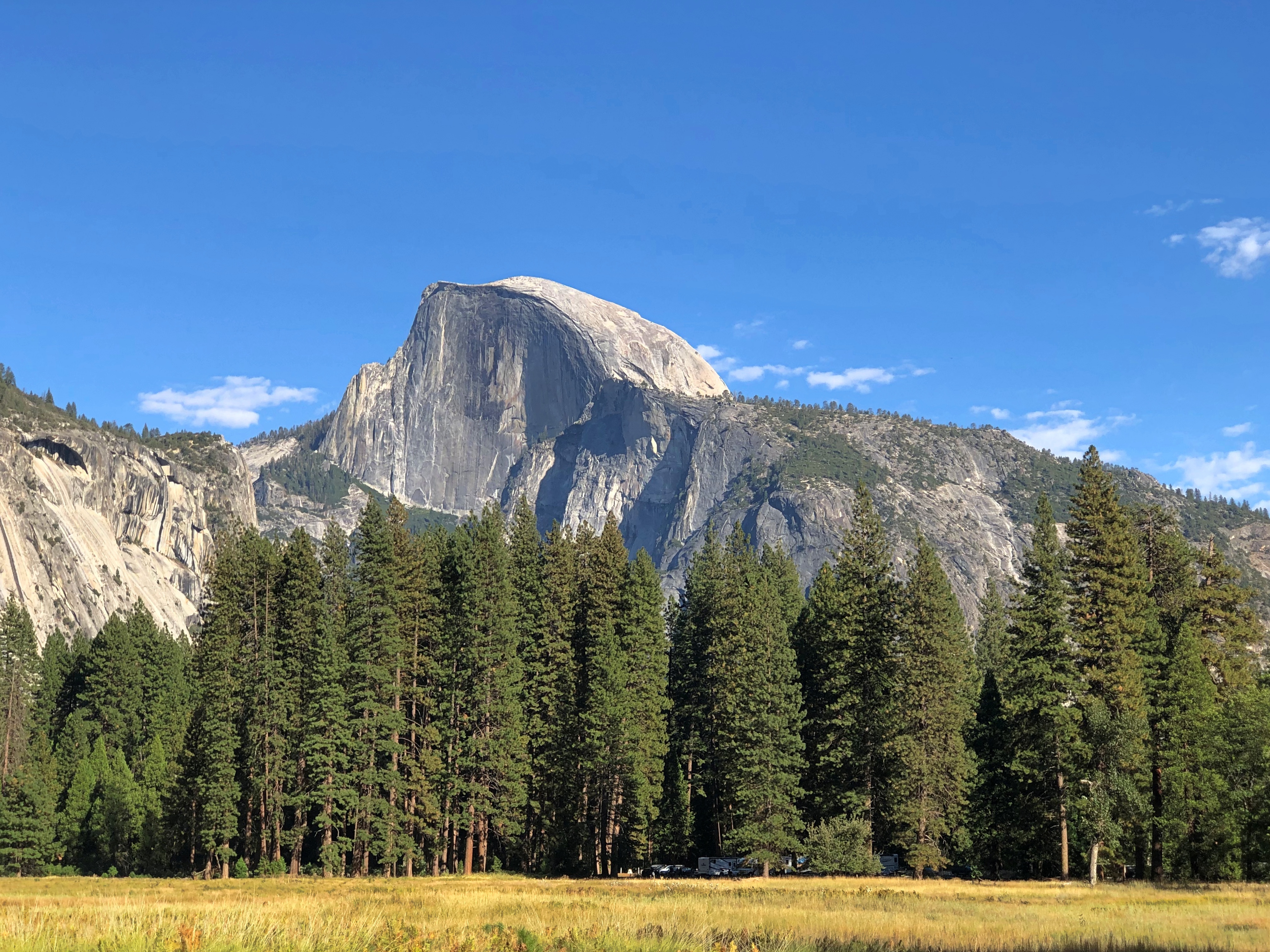
Dry now, but it does get really wet around here. At least it did in 1997.
Late in the afternoon, we left by way of a roadside view of El Capitan. The road to the closest grove of the park’s giant trees had been closed, so big trees will have to wait in case I ever return. But I wasn’t going to miss the mass of El Capitan. The boss rock.
Not far from the road.

Further back. I walked about a quarter-mile and El Capitan still dominated the view.

Closer.

It’s virtually impossible to see them in the image, but there were climbers on the face of El Capitan. I watched for a few minutes, and they seemed to be on their way down. Bet that’s a good idea in the afternoon. Except, no. There are nighttime climbers.





